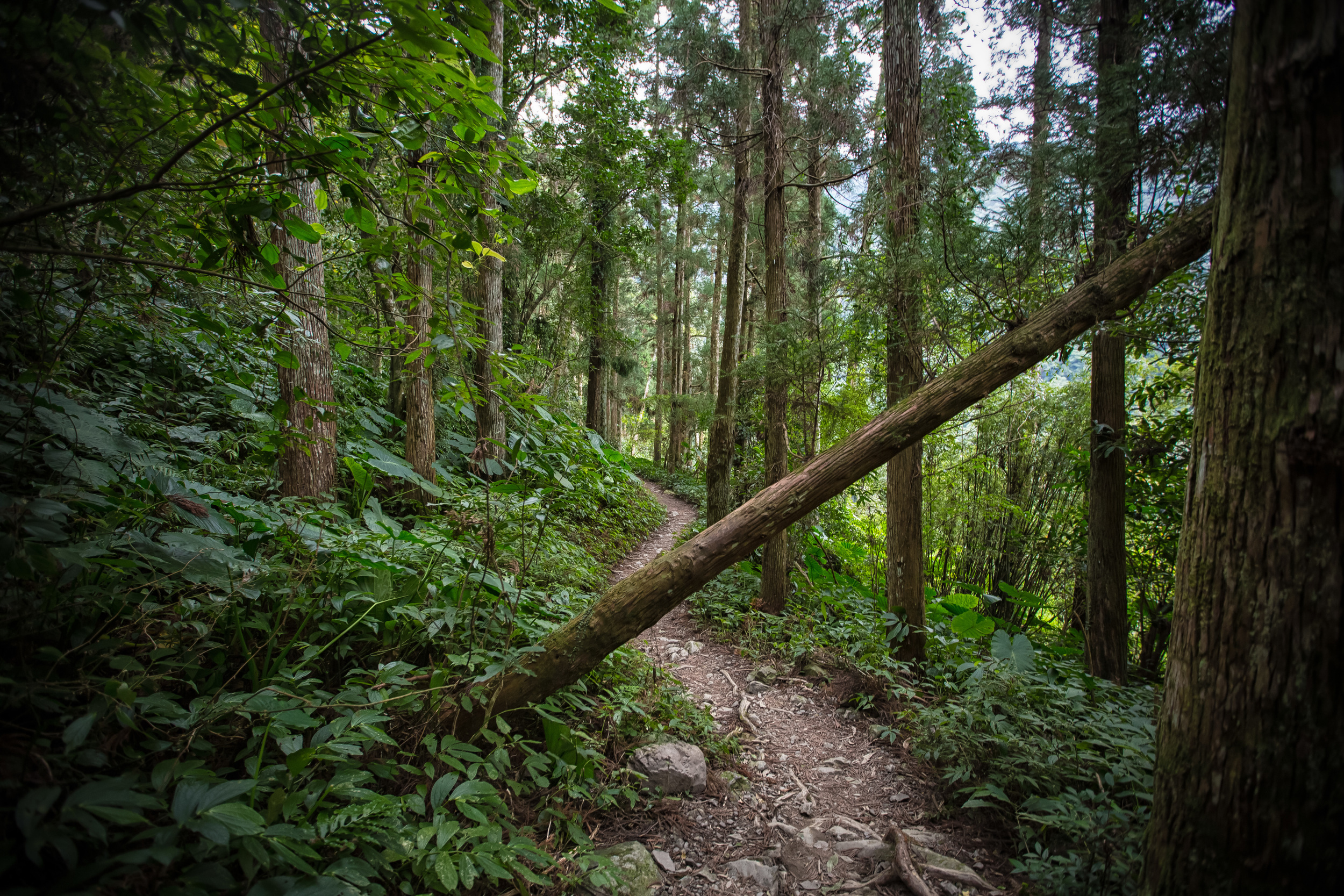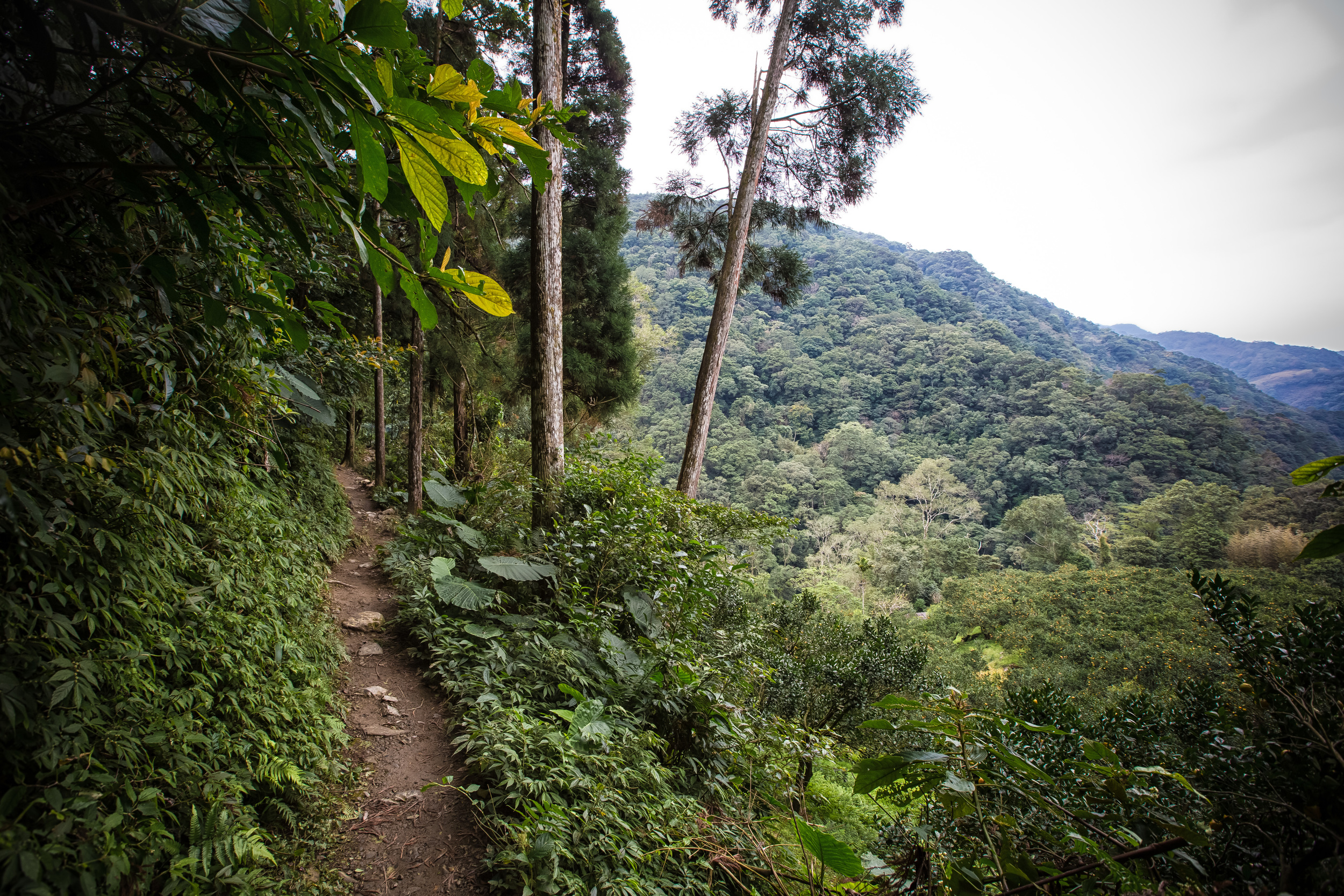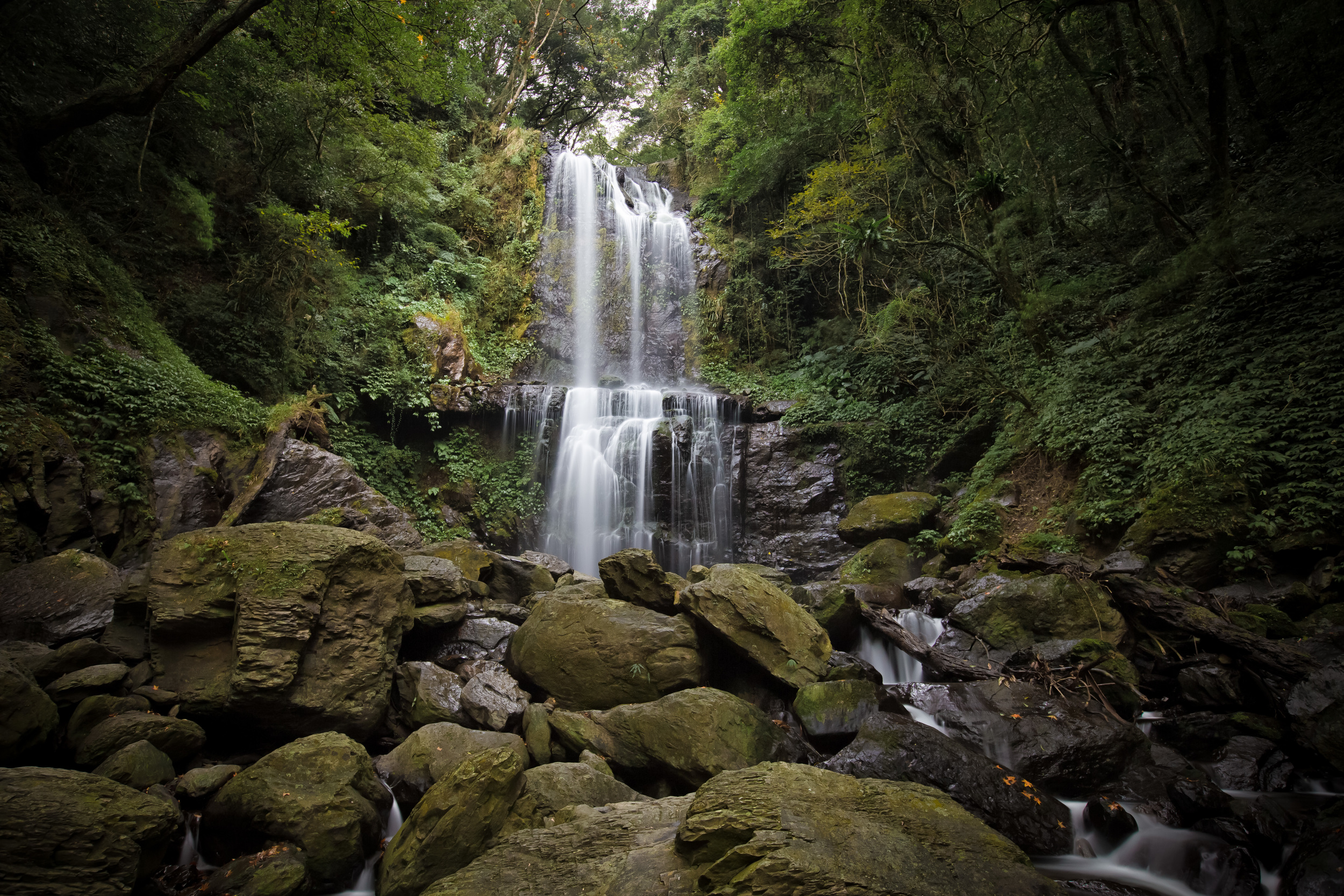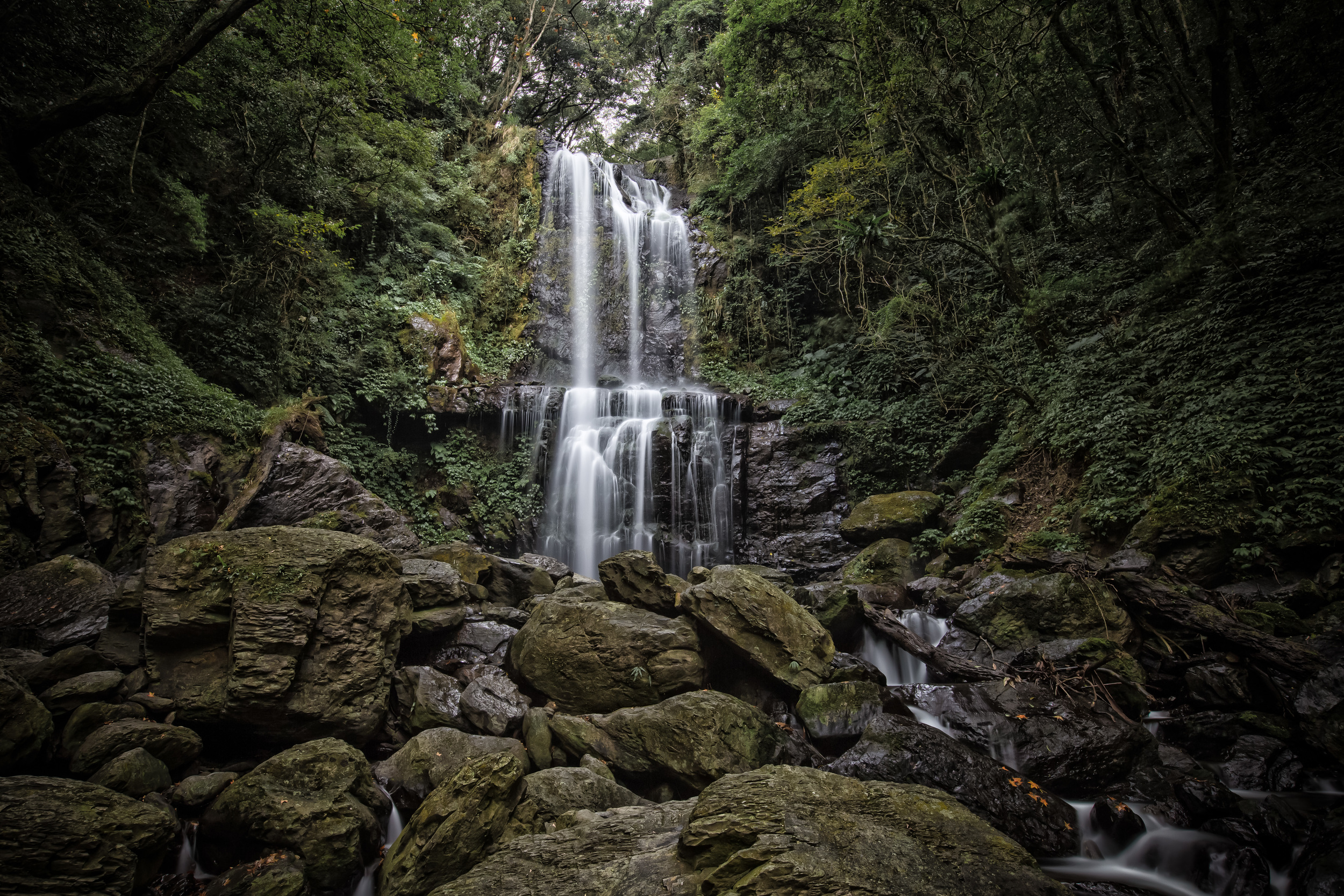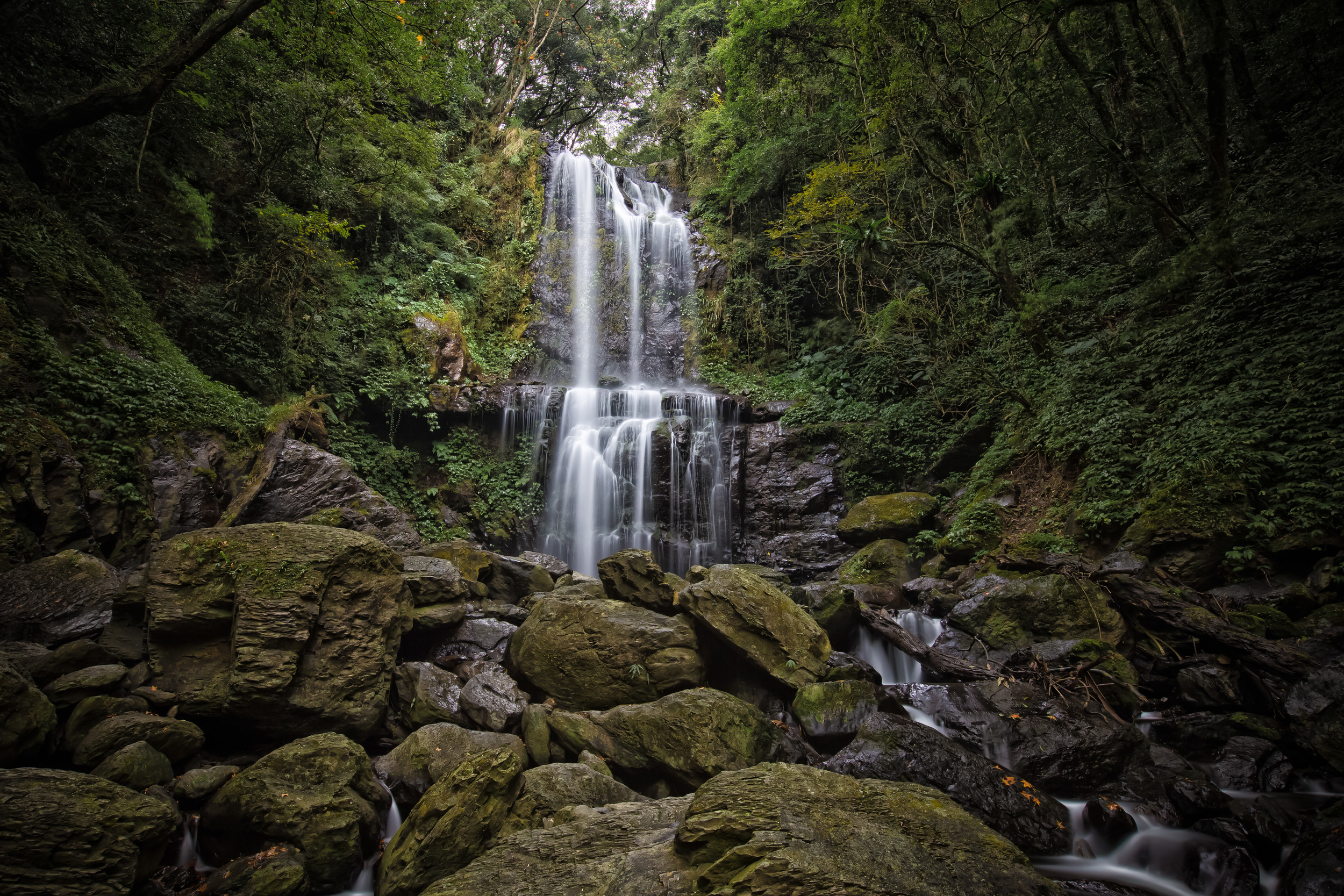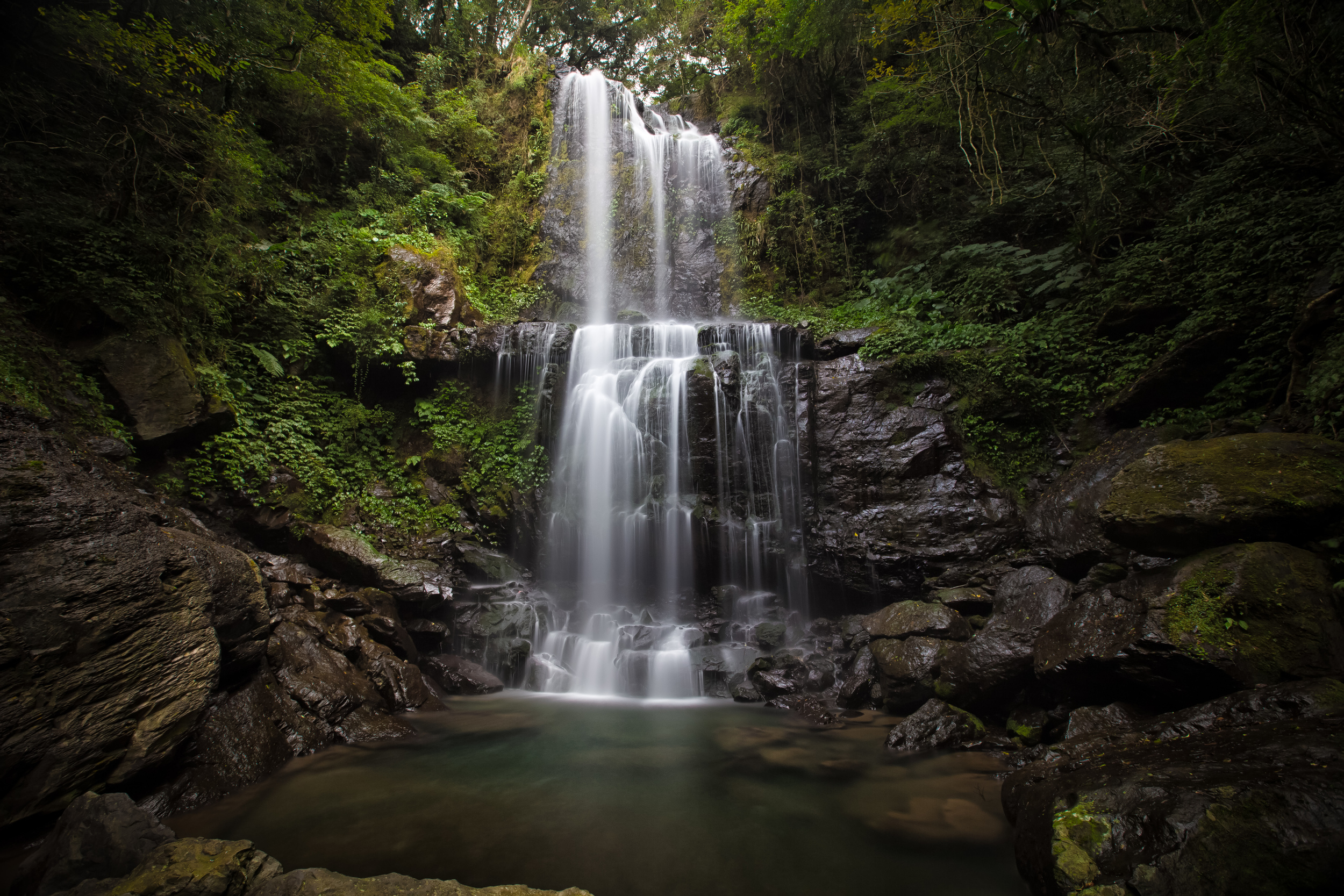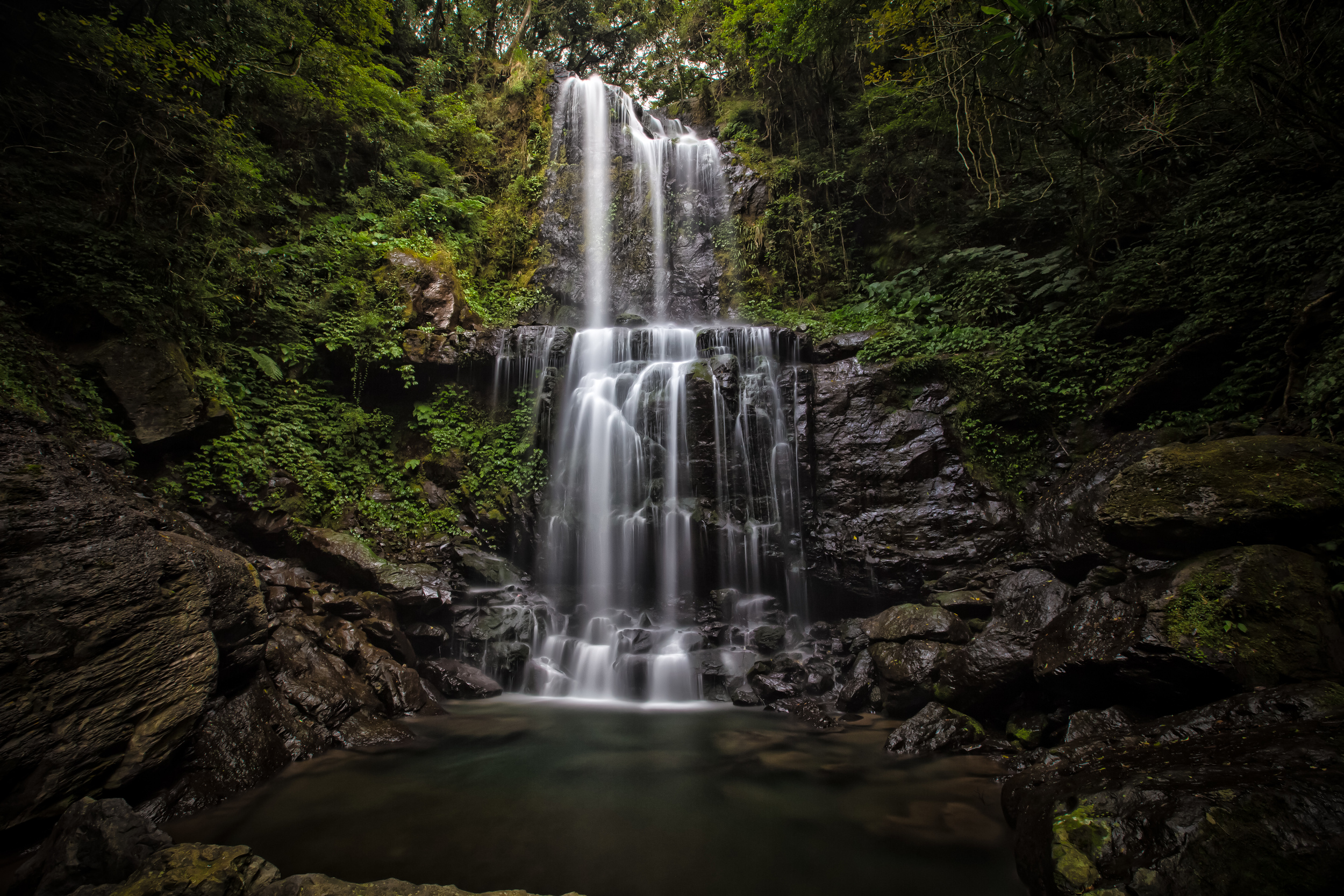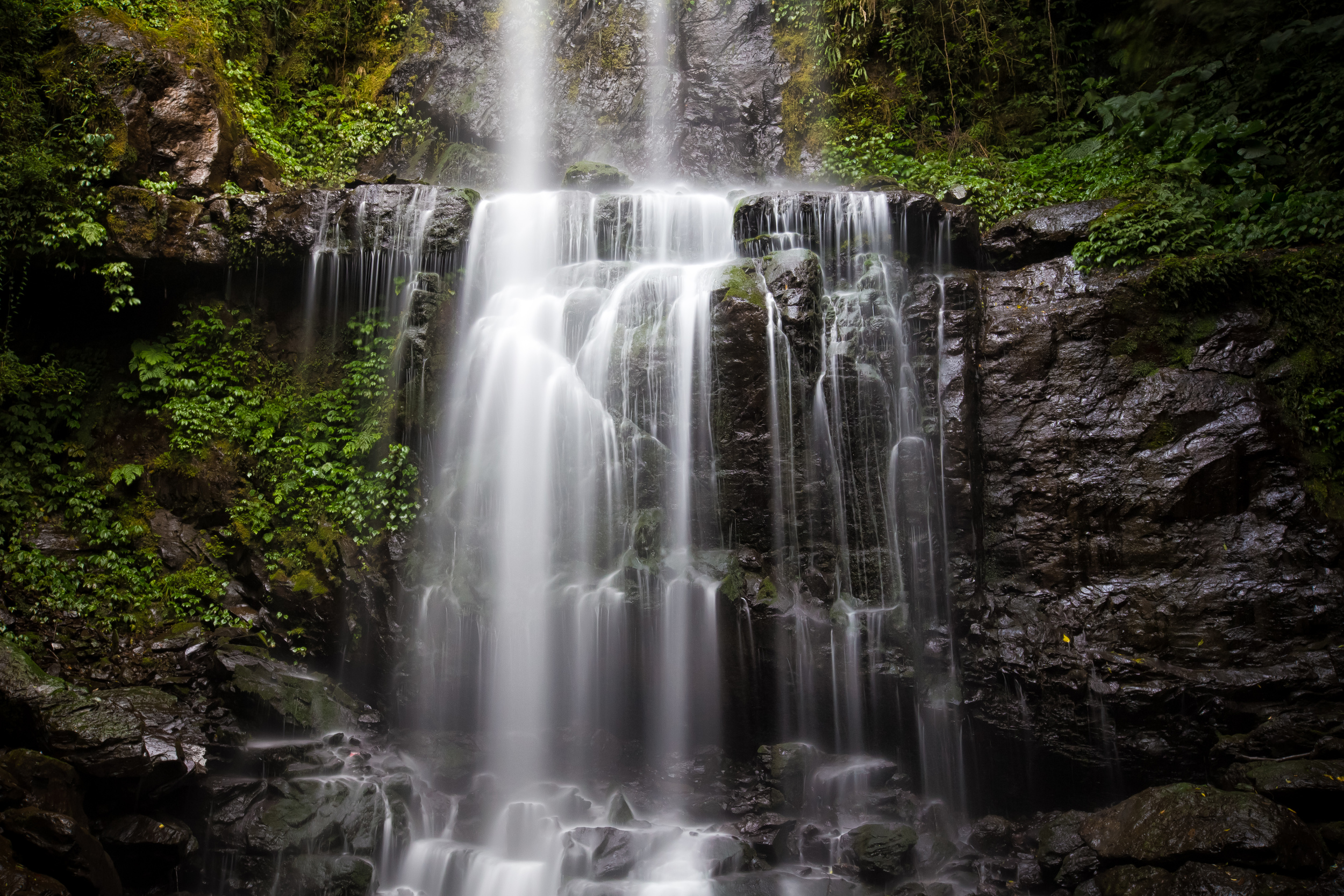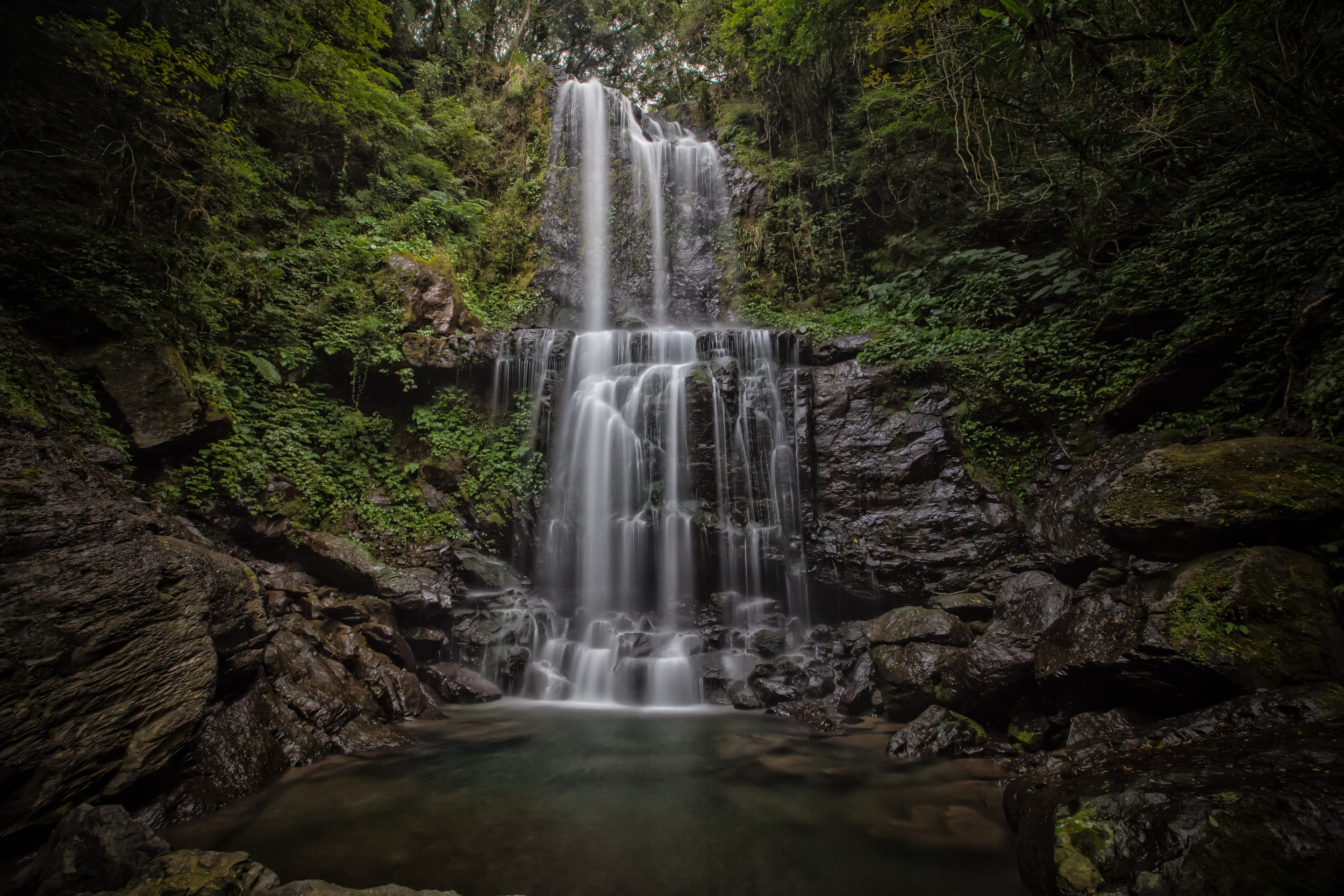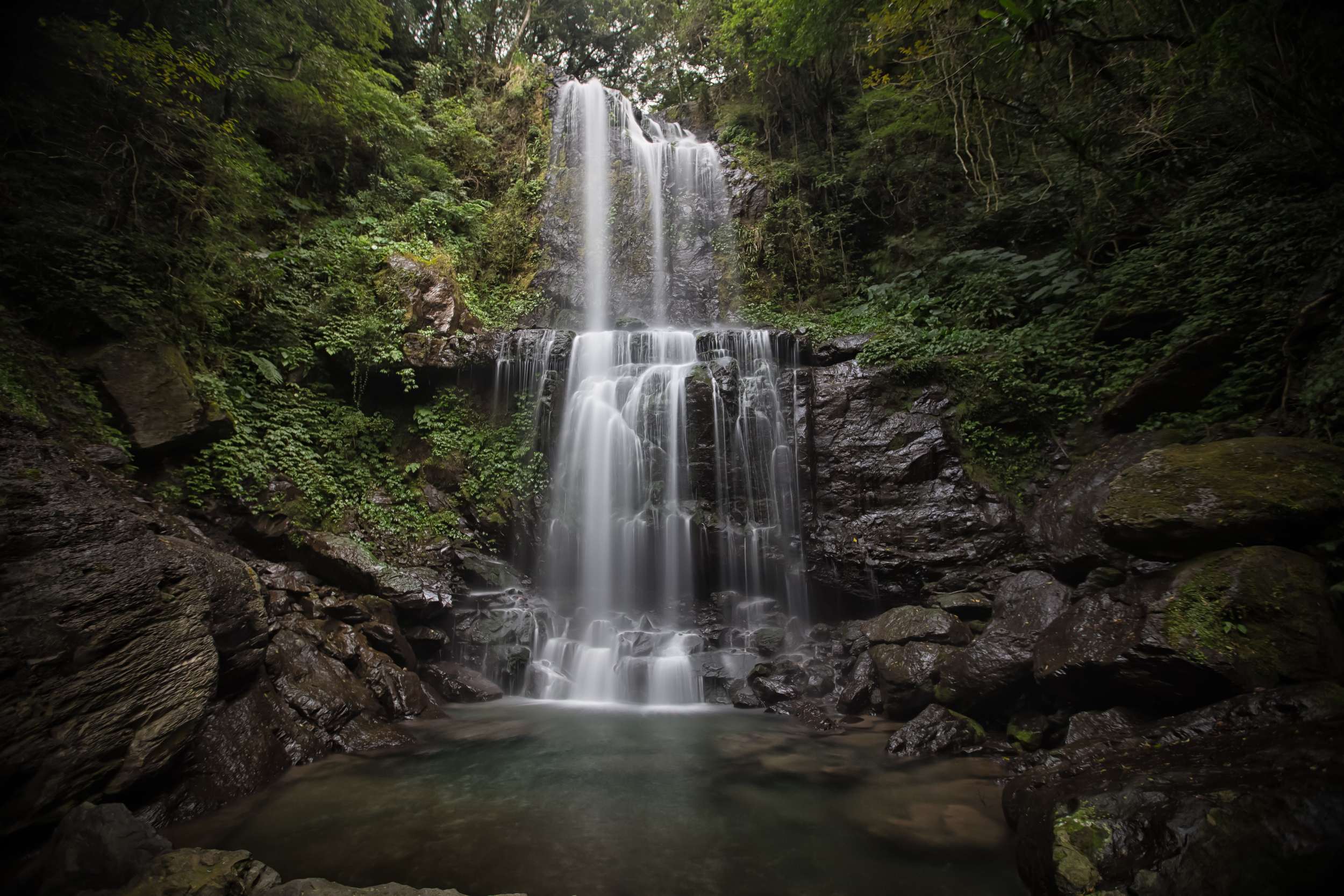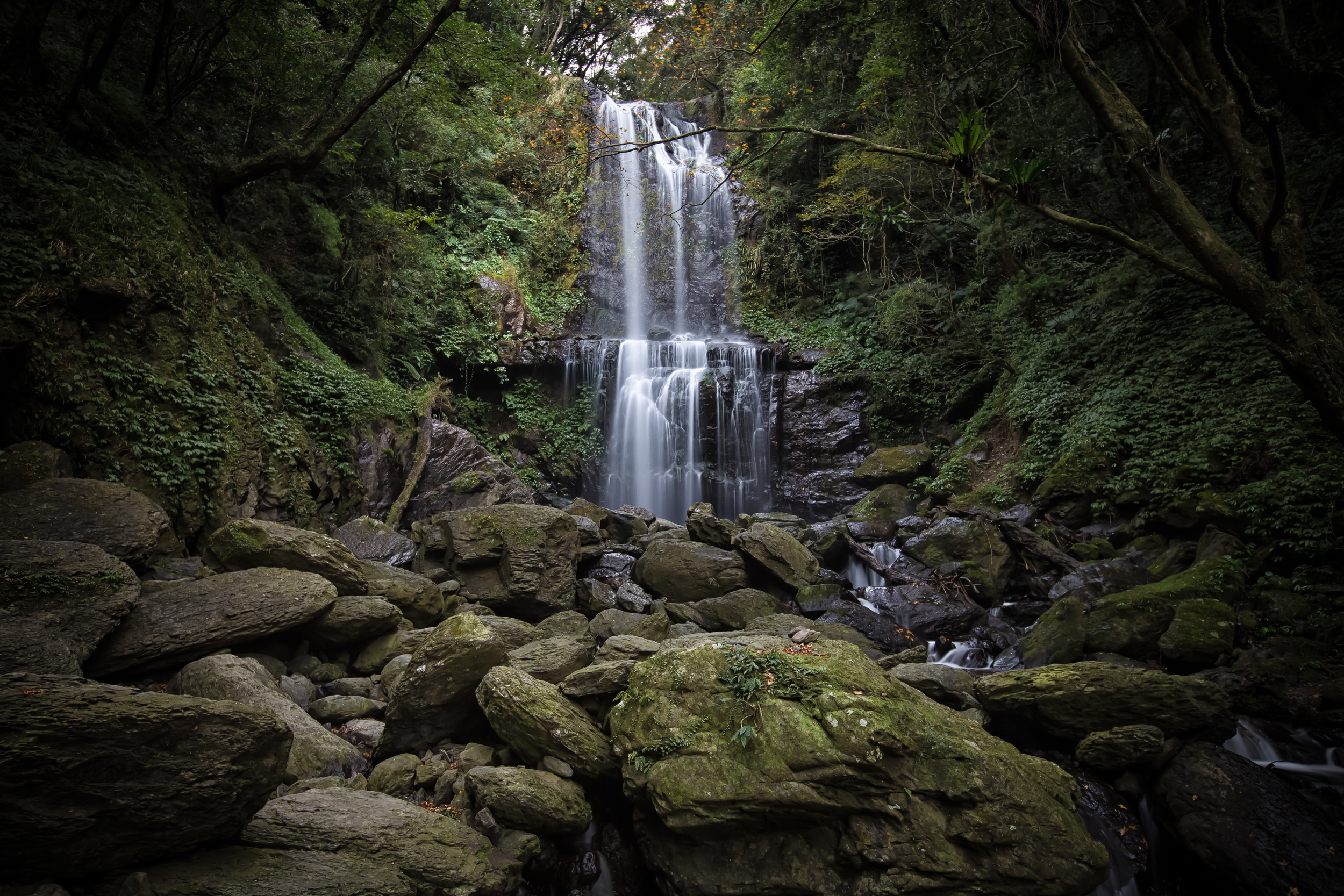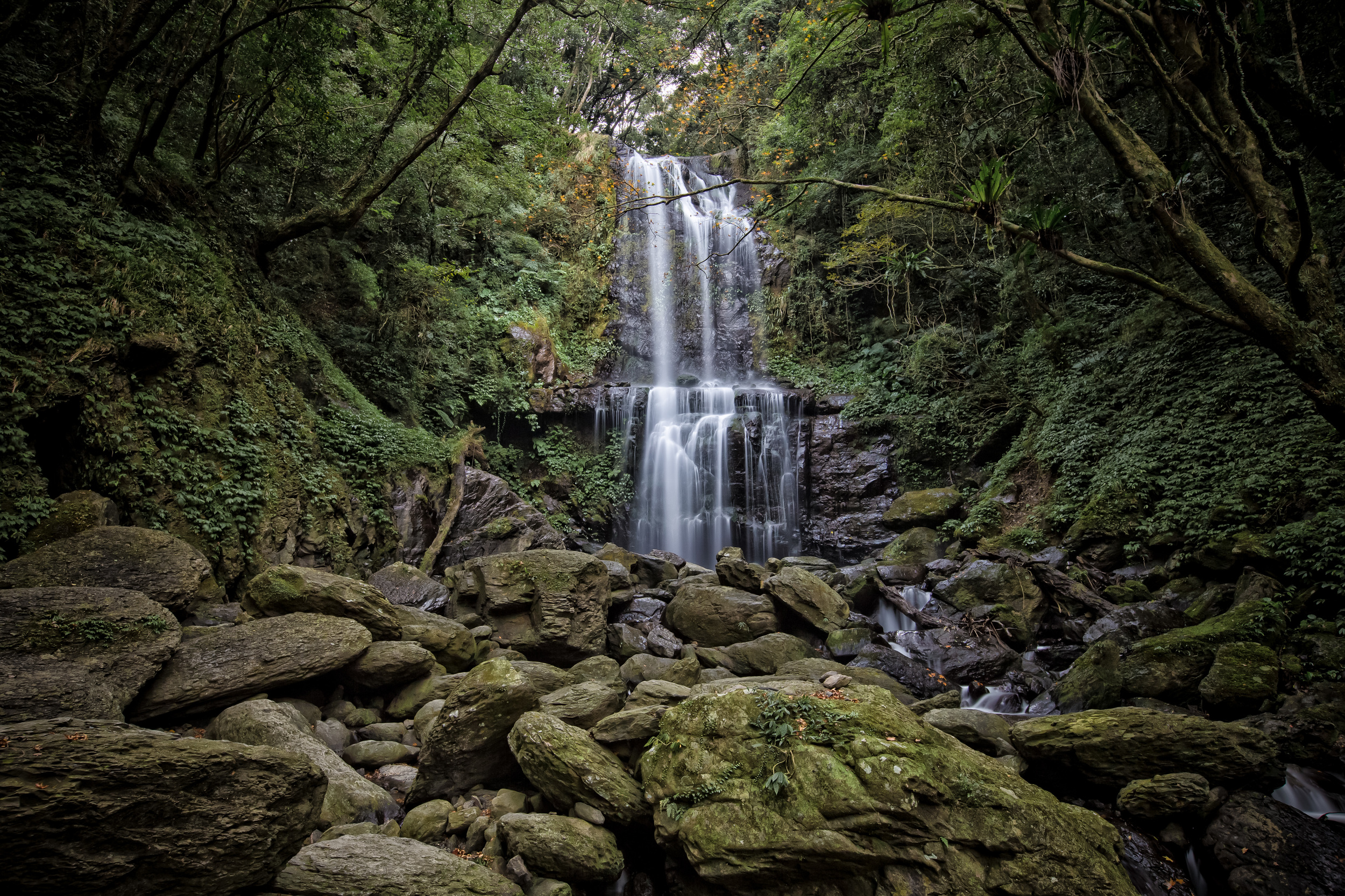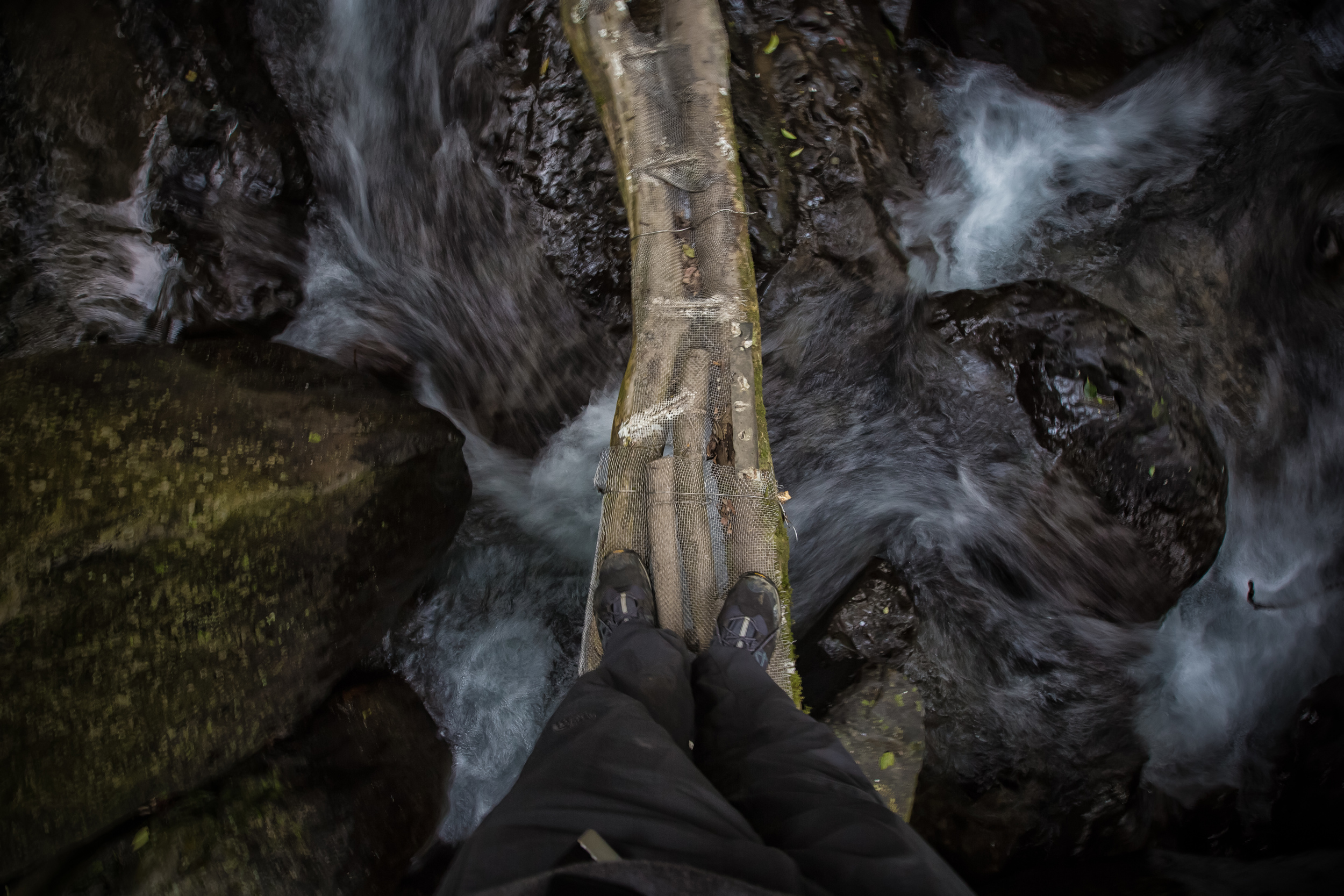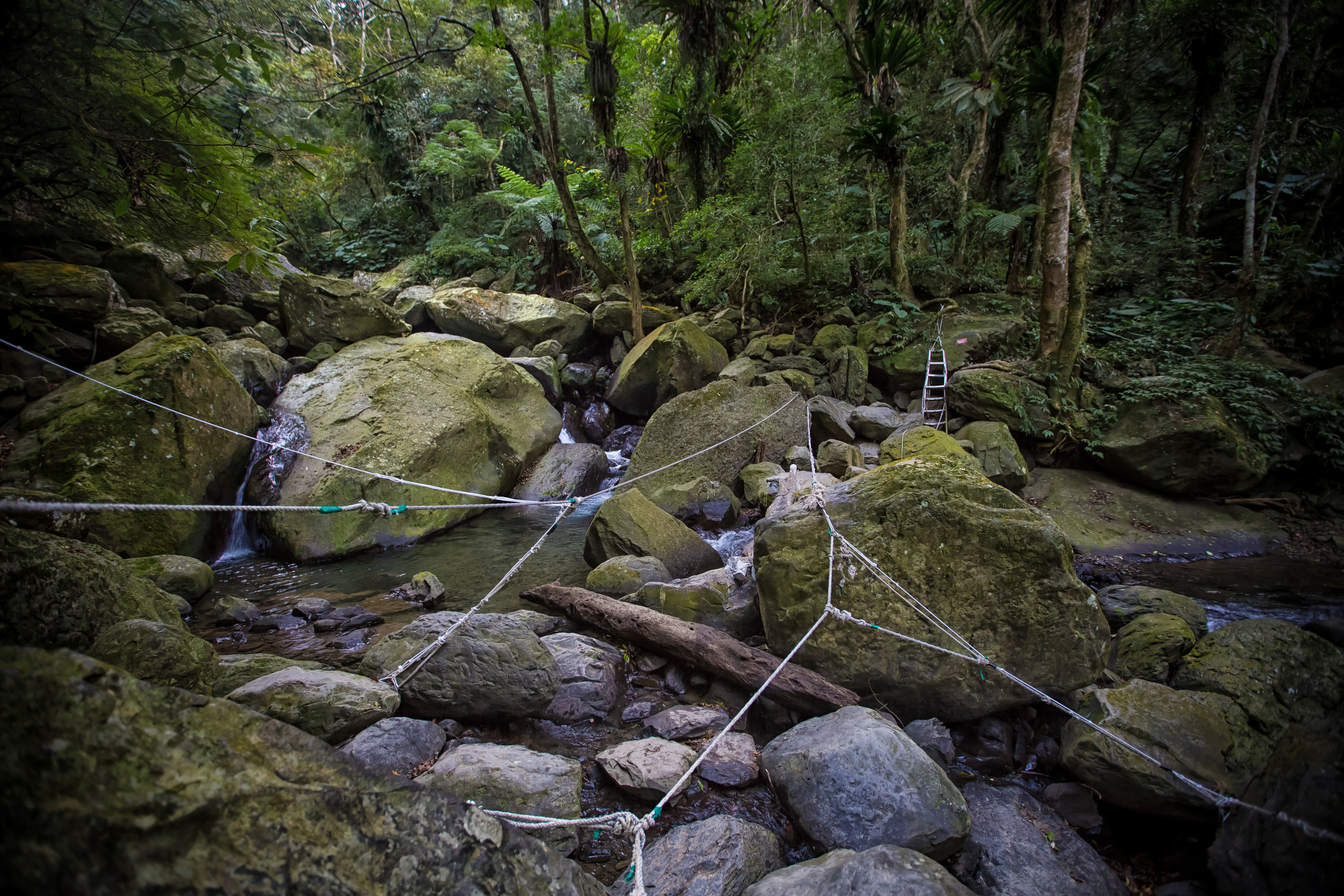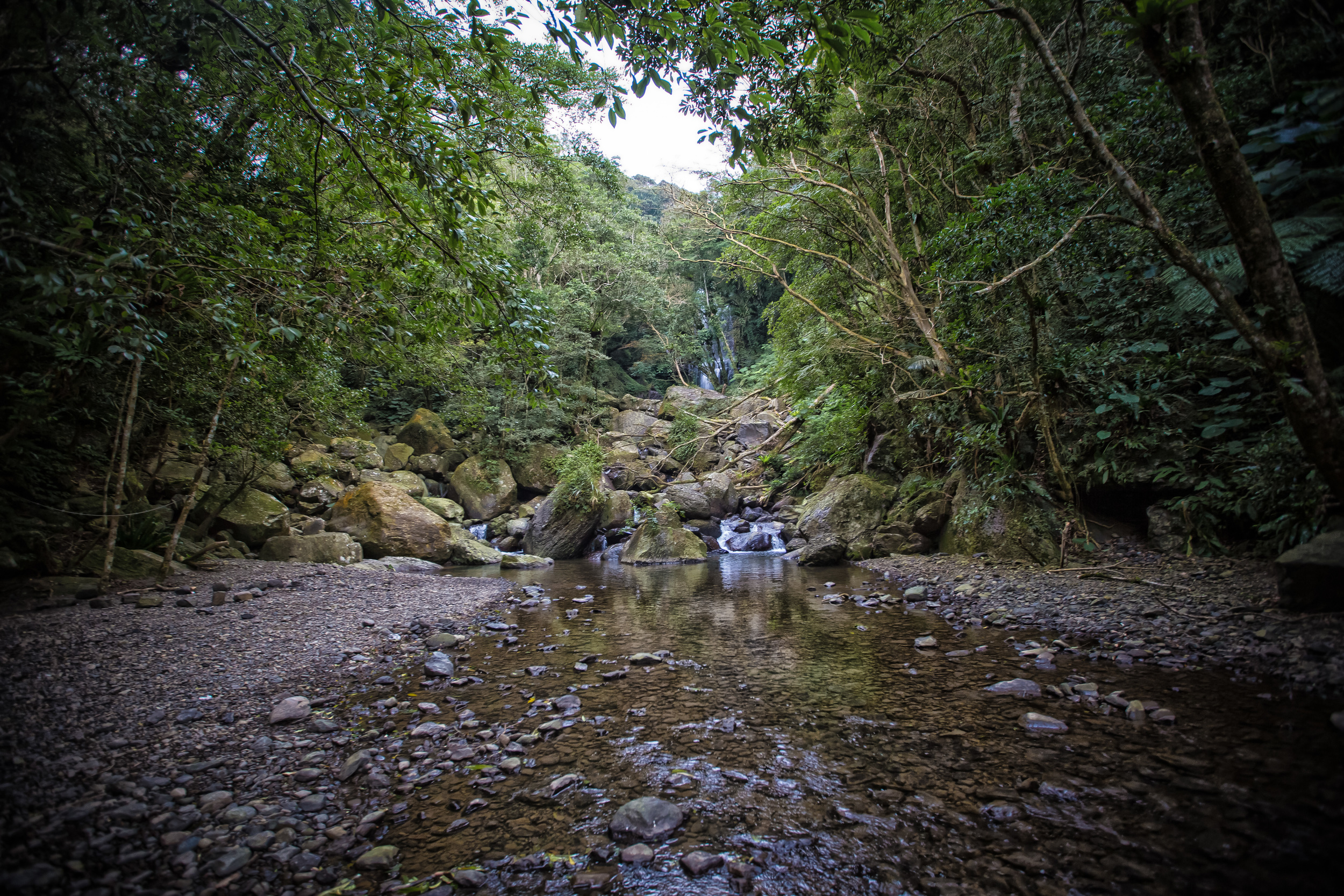Wuliaojian is a hardcore, awesome, epic (insert a bunch of other cool adjectives) day-hike in the Sanxia district (三峽區) of New Taipei City.
This hike isn't for the faint of heart, so if you plan on taking this one on, be sure that you're prepared for a full body workout, some ropes and climbing. This hike isn't your ordinary hike and if you are afraid of heights or scaling yourself down a rock face, you may want to reconsider going!
If you try it, try your best. Be sure to push yourself. Challenge yourself to finish the hike no matter how tired you are or how much pain you are suffering from.
I guarantee when you finish you will feel absolutely amazing.
Especially after the full body massage that you'll likely need to have when you're done!
You might notice I'm being a bit facetious. I've done this hike a few times already and I absolutely love it. What I don't love is seeing a loving couple in the middle of the path loudly ending their relationship because of this hike. It's not an easy one, so don't go into it casually thinking you'll be done in an hour or so.
If you do feel up to it, have fun, and most importantly, be safe while doing it.
The trail starts beside the Yu-Li convenience store (玉里商店) on the the Taiwan provincial highway 7 (台7線) that takes you from Sanxia to Man Yue Yuan (滿月圓森林遊樂區.)
There are buses that will take you to the trailhead from Sanxia, but they are infrequent and if you are relying on public transportation, it's best to take a taxi from Sanxia and get the drivers phone number so that he or she can pick you up when you're done.
You don't want to get stuck at the bottom of the trail waiting an hour or more for a bus. You'll be sweaty and cold. Its a good recipe for catching a cold in Taiwan due to the humidity here.
When you arrive at the trailhead be sure that you have enough water. I would recommend at least 1000cc or more per person just to be safe. You can buy water, chocolate and other snacks in the store beside the trailhead. There tend to be a lot of mosquitos in certain areas of this hike. A Taiwanese hiker on the trail told me that if you buy a can of beer and split it with a friend before you start the hike, mosquitos won't bother you. I guess mosquitos don't like beer-smelling sweat. I'm not sure if its an old-wives tale or not, but he didn't seem to be being bothered by mosquitos while we were swatting at them.
Before starting the hike make sure to buy a pair of gloves in the store for 10NT. Your hands will thank you for it when you finish as there are a lot of ropes to navigate and pull yourself up. Rope burn on your palms isn't the most comfortable problem to have, especially when the hike is already hard enough on your body.
From the get-go, this hike goes up, straight up. It isn't like other hikes that start out gradually and become difficult later. This may be a good thing though because you find a lot of people aren't really prepared for it and quickly decide that this hike isn't for them within the first few minutes.
The hike climbs and climbs. The path is really cool and from time to time you get these amazing vistas looking at the road below and the river valley below that. Sooner or later when you get high enough you'll be able to see Sanxia and other parts of New Taipei City.
You should note that on weekends there tends to be a bit of traffic on the trail which may slow things down a little.
I come from a family of "fast-walkers." My mom was once told while on a business trip in Texas by a mall security guard to "Slow down Ma'am." and I follow in those footsteps.
If there are people in your way, its best to be polite and wait for them to give way. You'll notice that hikers in Taiwan are some of the kindest people you'll ever meet. They're always polite and they always smile and say "加油" (Go, Go) when they meet you on a trail. If they notice that they're slowing you down, they'll be sure to make way for you to pass them. Likewise, if you're blocking them, be sure to let them pass by.
After hiking for a while you'll eventually get to one of the main attractions of the hike. The ridge walk. There are two parts to the ridge walk. The first part is a ridge walking up to the main ridge. At this one you have amazing views of the valley below and depending on the weather you'll have a great view of Sanxia and if you're lucky you might even see Taipei 101 in the distance.
After walking up this part of the ridge you'll walk through a small tree covered area and come out to what for most people is the main attraction of the hike. This is where a lot of people stop to take a break, have a snack and enjoy the 360 degree panoramic views you have of the mountains surrounding you. Its a really cool spot to sit and relax, but on a hot day you will have the sun shining directly on you, so you might not want to stay for too long.
From this point you have to climb down the rope to the bottom of the ridge. From here you have some choices:
- Climb the crag opposite the ridge.
- Keep hiking towards the peak behind the ridge.
- Get the hell out of dodge. (Take the exit)
If you are planning the third option, I highly recommend at least climbing the crag opposite the ridge. It only takes a couple of minutes and there are some nice views at the top. From there you can make your way to the exit and head back down to the trailhead.
If you're not a chicken however, there's still a lot of climbing to do. The peak behind the ridge should ultimately take another hour or so of climbing. It involves pretty much the same style of hiking. There are ropes to climb up and once you get past the huge tree (you'll know which one I mean when you see it) you'll more or less just have to climb up a pretty steep side of the mountain to get to the peak.
The Wuliaojian peak isn't a very big one. There is probably only room for about 10-15 people, but you don't have to worry too much about that. Not that many people actually make it to the peak. On top of the peak there is a small marker that has the words "總督府" (Governors Office) which is a remnant of the Japanese colonial period in Taiwan referring to the Japanese installed governor who lived in what is now Taiwan's Presidential Building.
The peak has some nice views of the valley below and also of Sanxia. You don't exactly get a panoramic view but you do have a pretty good view. Now that you're at the top its time to make your way down. The way down is actually a lot easier than the way up, but you have to be careful of your knees as you are more prone to put pressure on your knees going down than going up.
When you get to the main path, and by that, I mean back to the big tree, the exit is more or less marked and it will take you down a path that will probably take you about half an hour or more to get back to the store.
On the way back to the path there is a really cool looking structure that looks like someone started building a house but only had enough money to build 1/4 of it. So you have this brick building with nature growing all over it and its covered by trees.
If you're like me, when you get to the bottom you'll walk straight into the store and buy a can of Taiwan Beer and finish drinking it in about 5 seconds.
Wuliaojian is an epic hike. Its fun. Its a day-hike - but it tests your limits in the same way a high mountain hike would do.
This hike comes highly recommended. Its my favourite day hike and I'm sure that if you give it a chance, you'll enjoy it just as much as I do!
Google Map Location
Be sure to check out the sliding gallery below, or click the Flickr link to be see high res pictures from the hike! I hope you enjoy them!
Gallery / Flickr (High Res Photos)
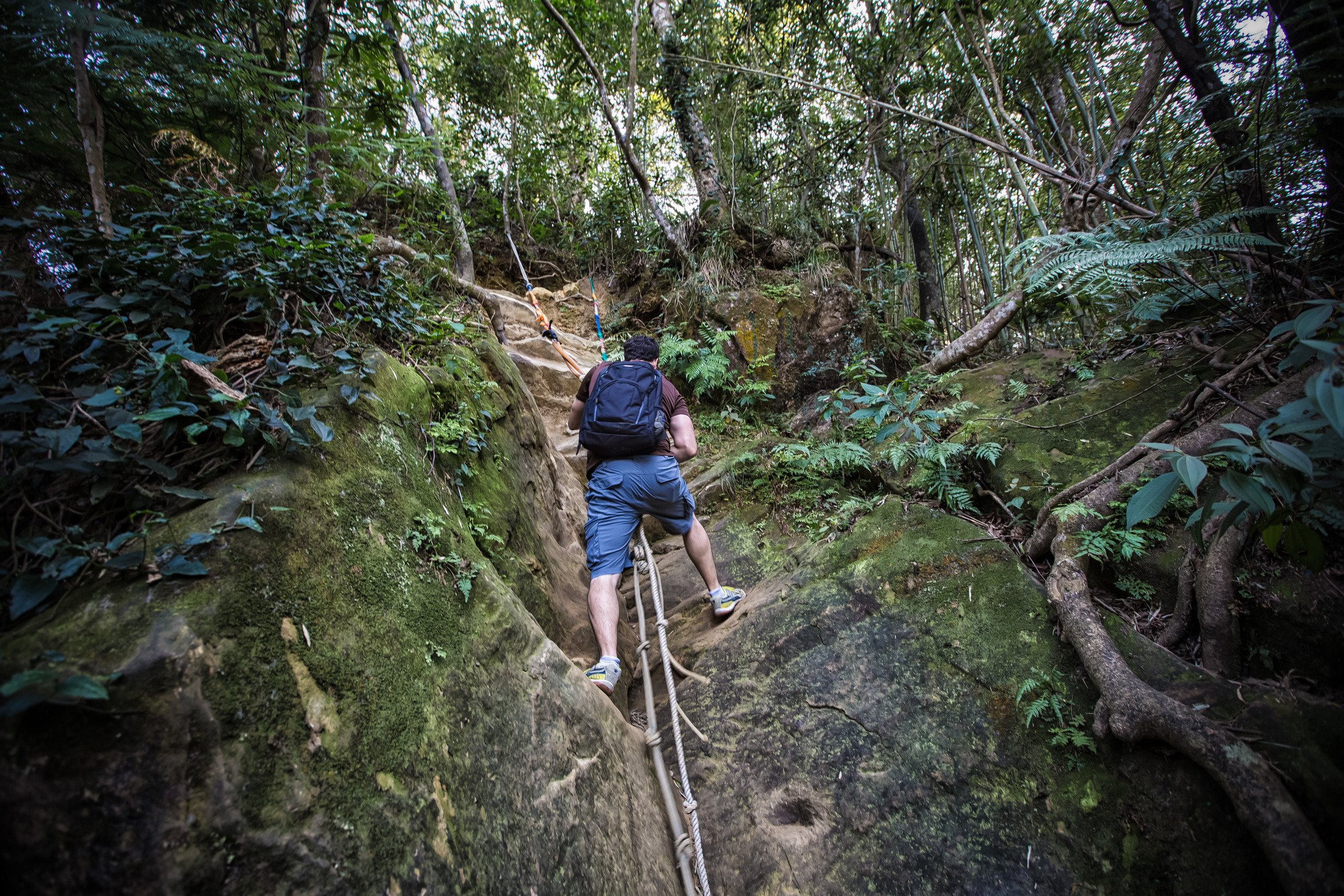
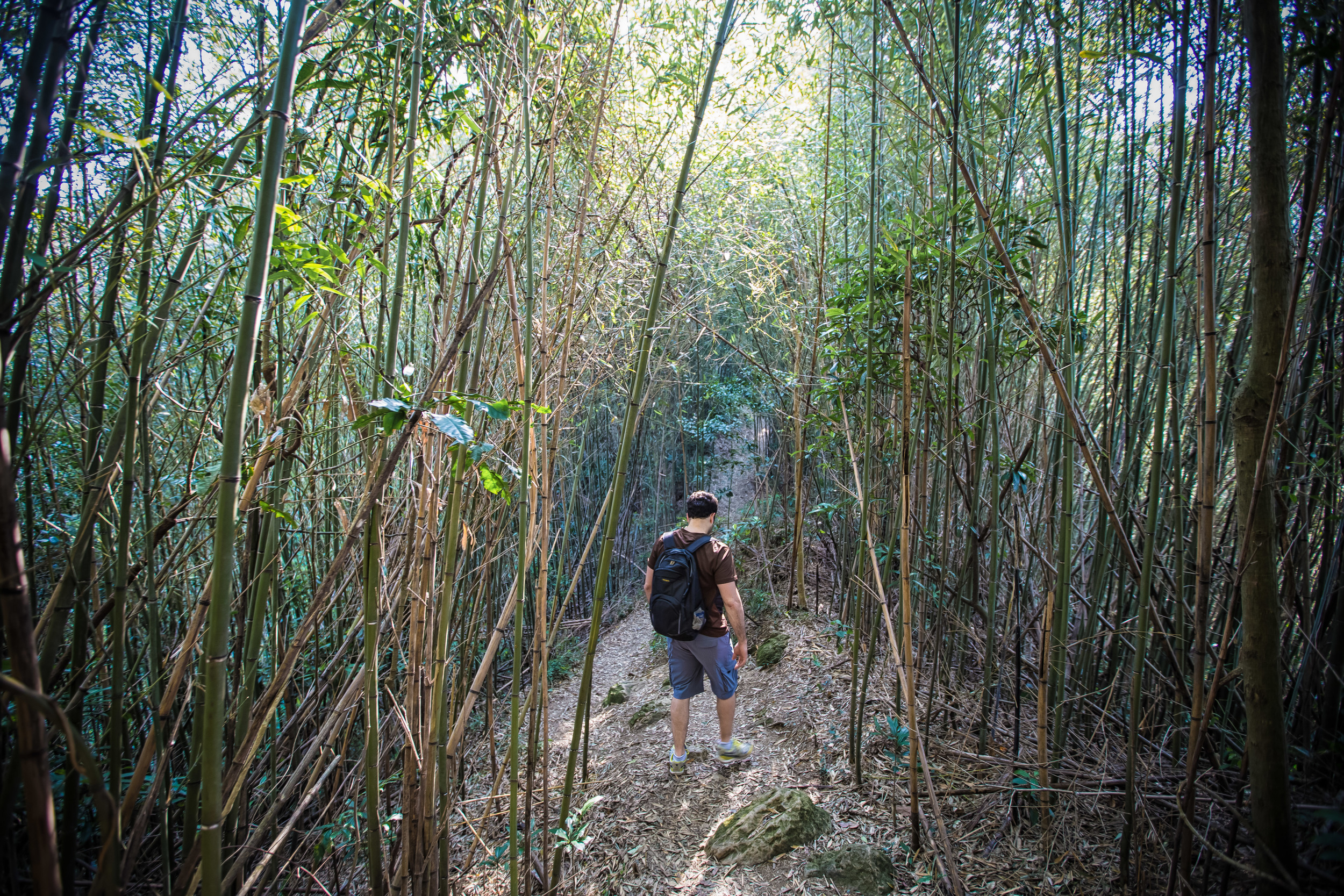
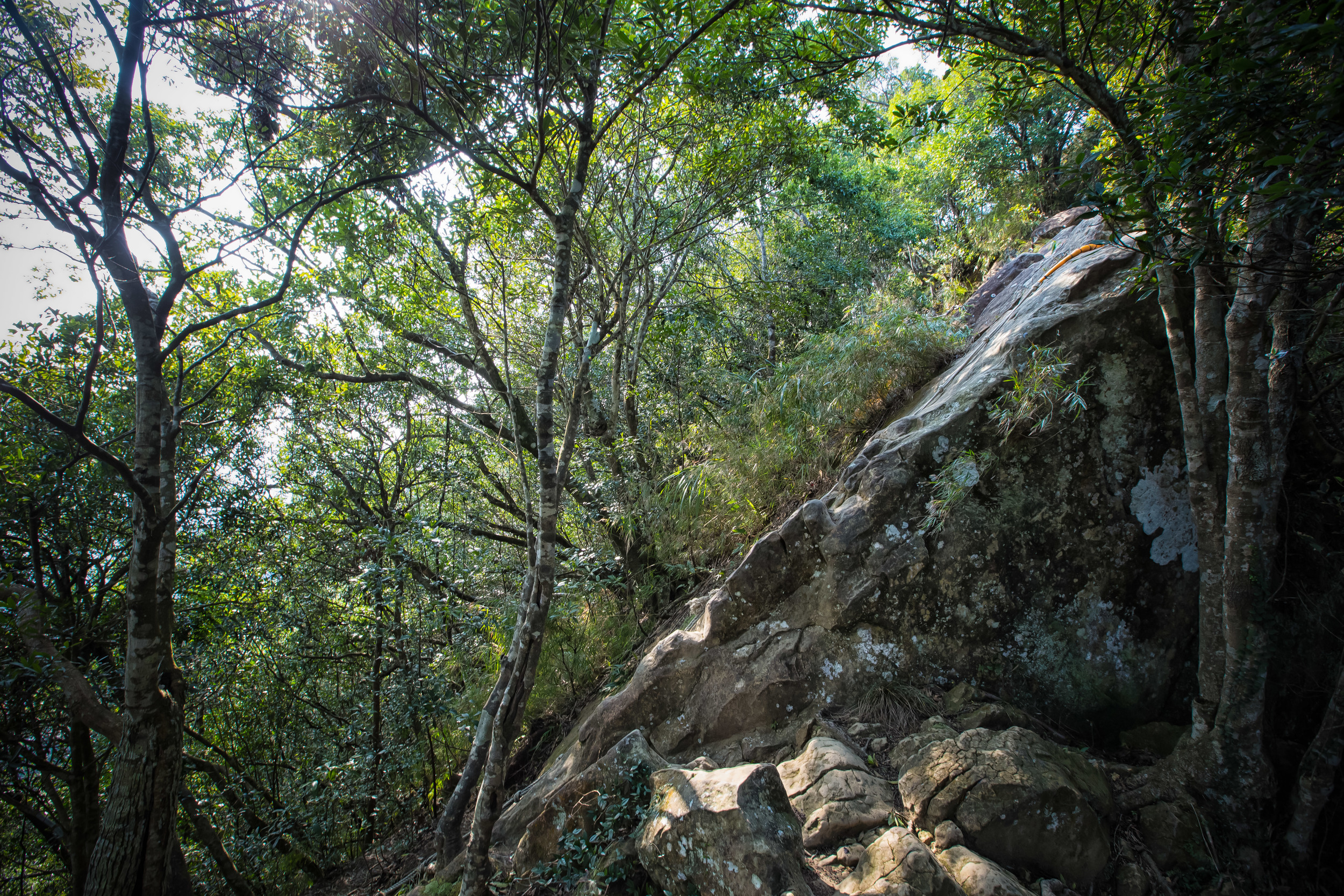
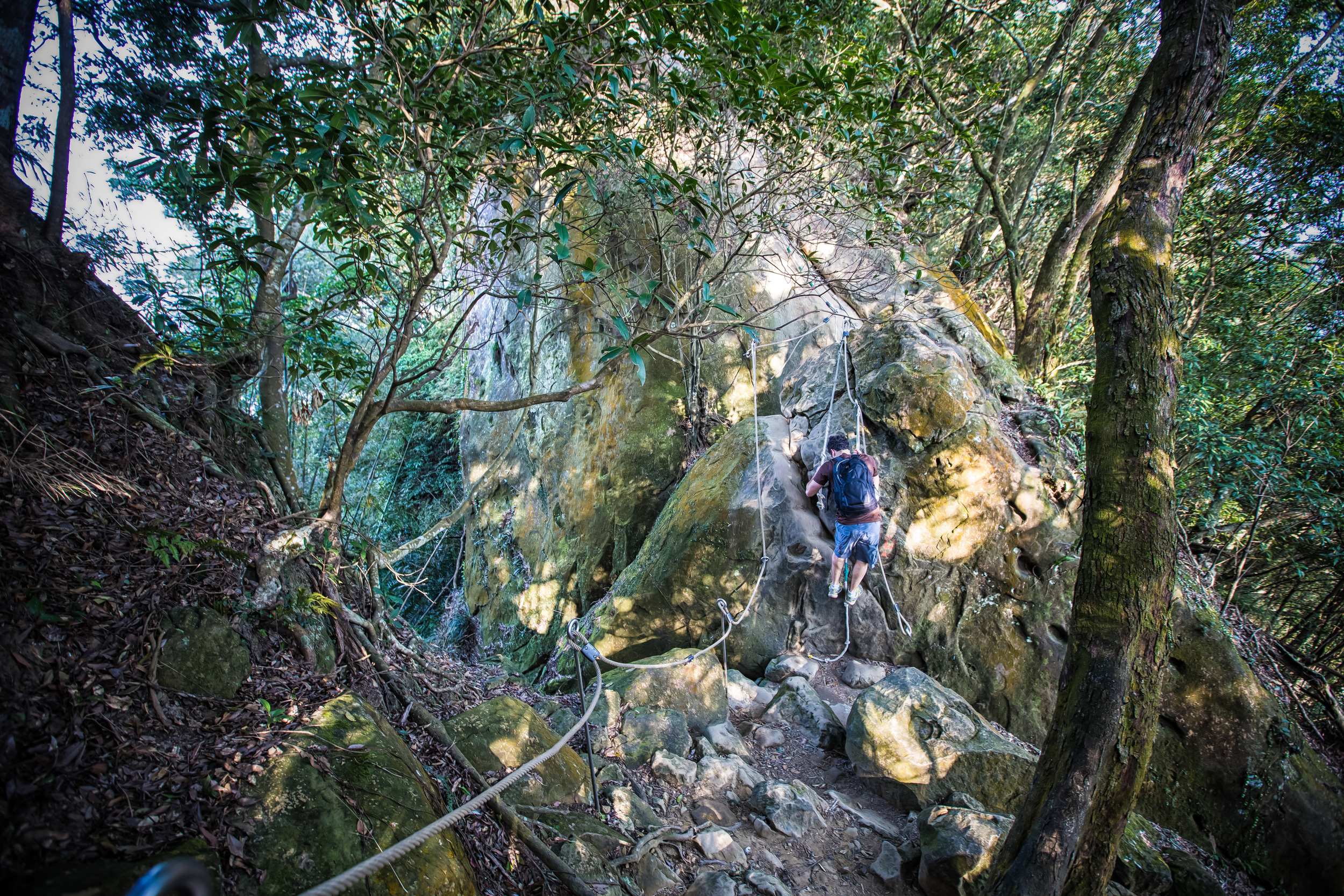
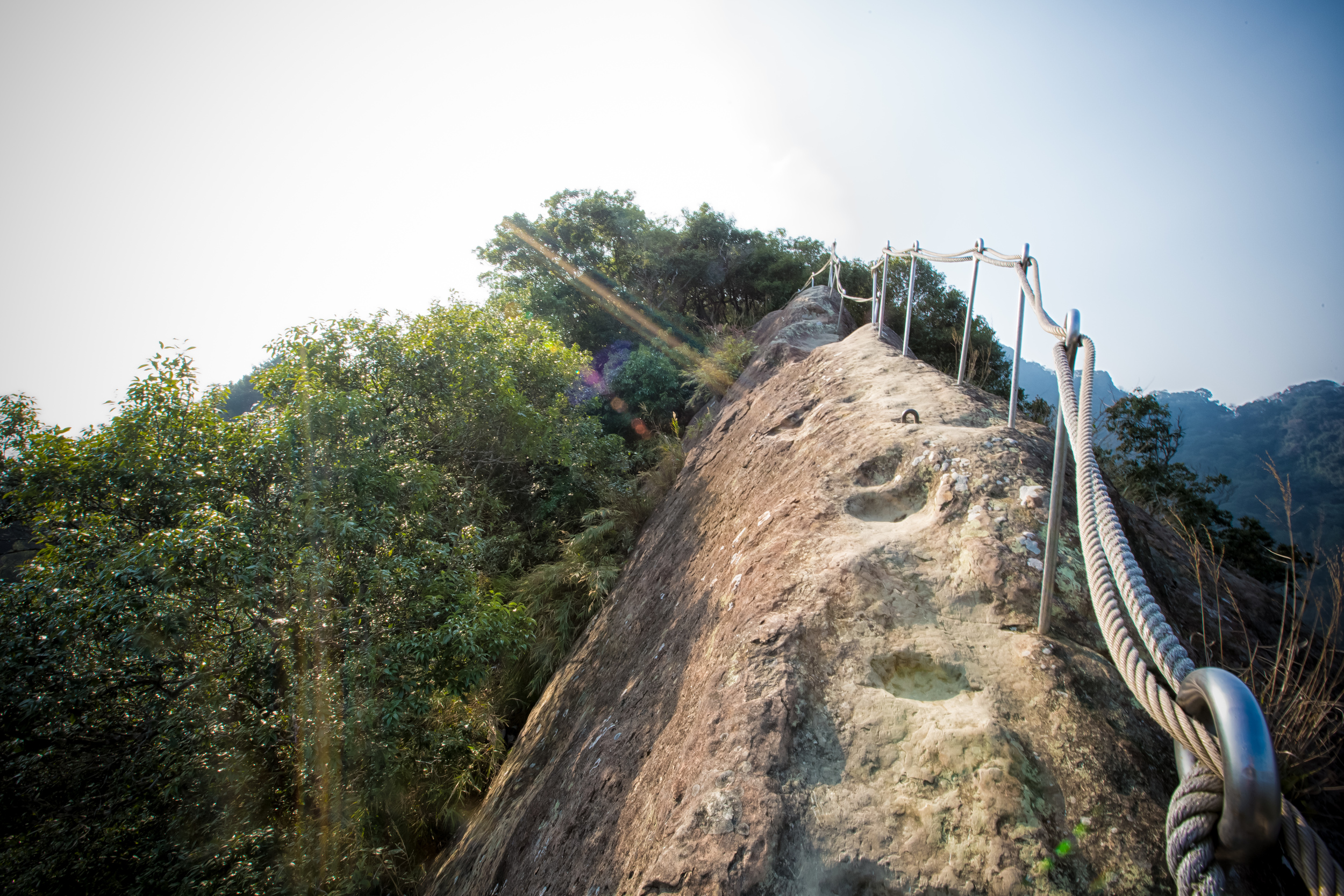
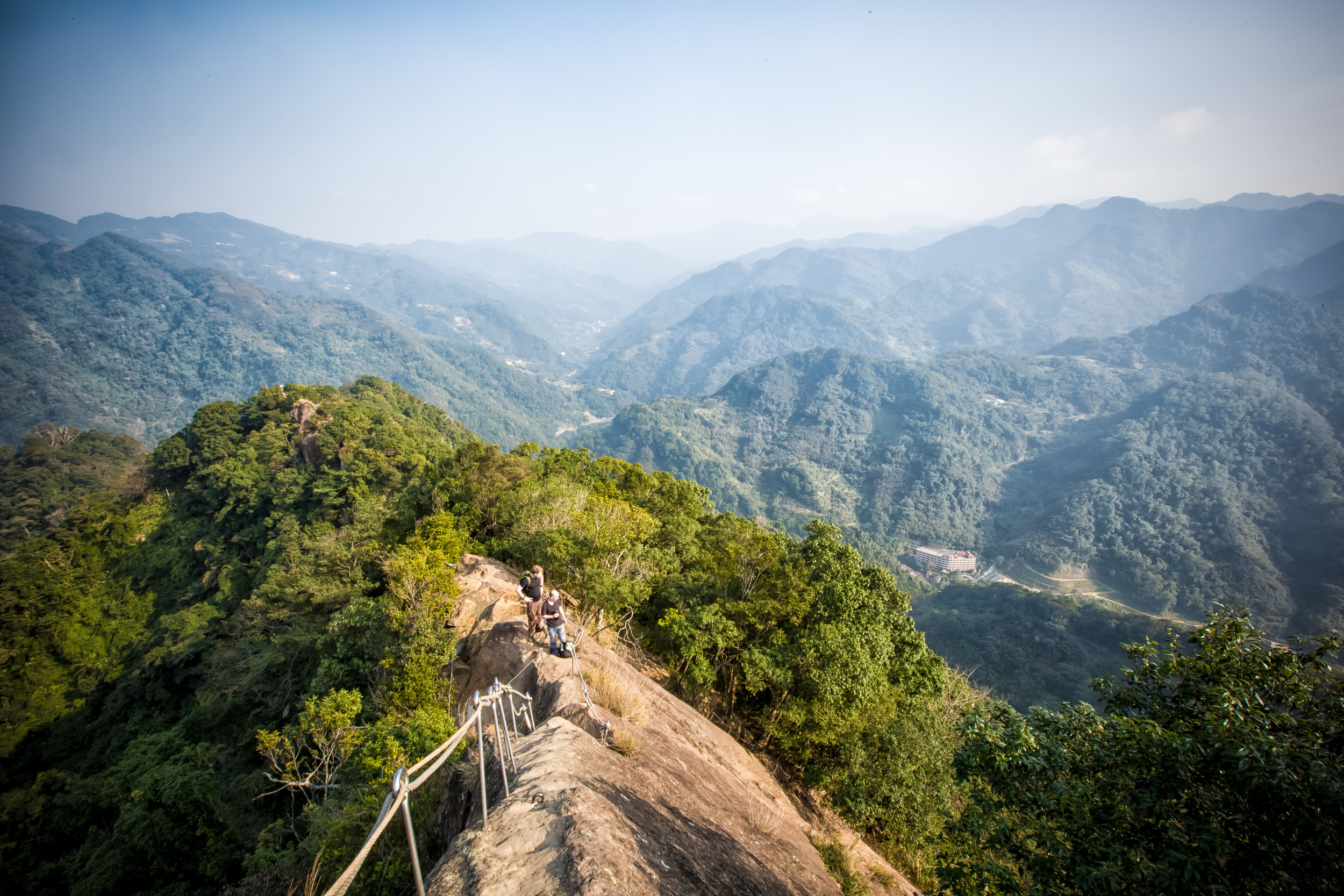
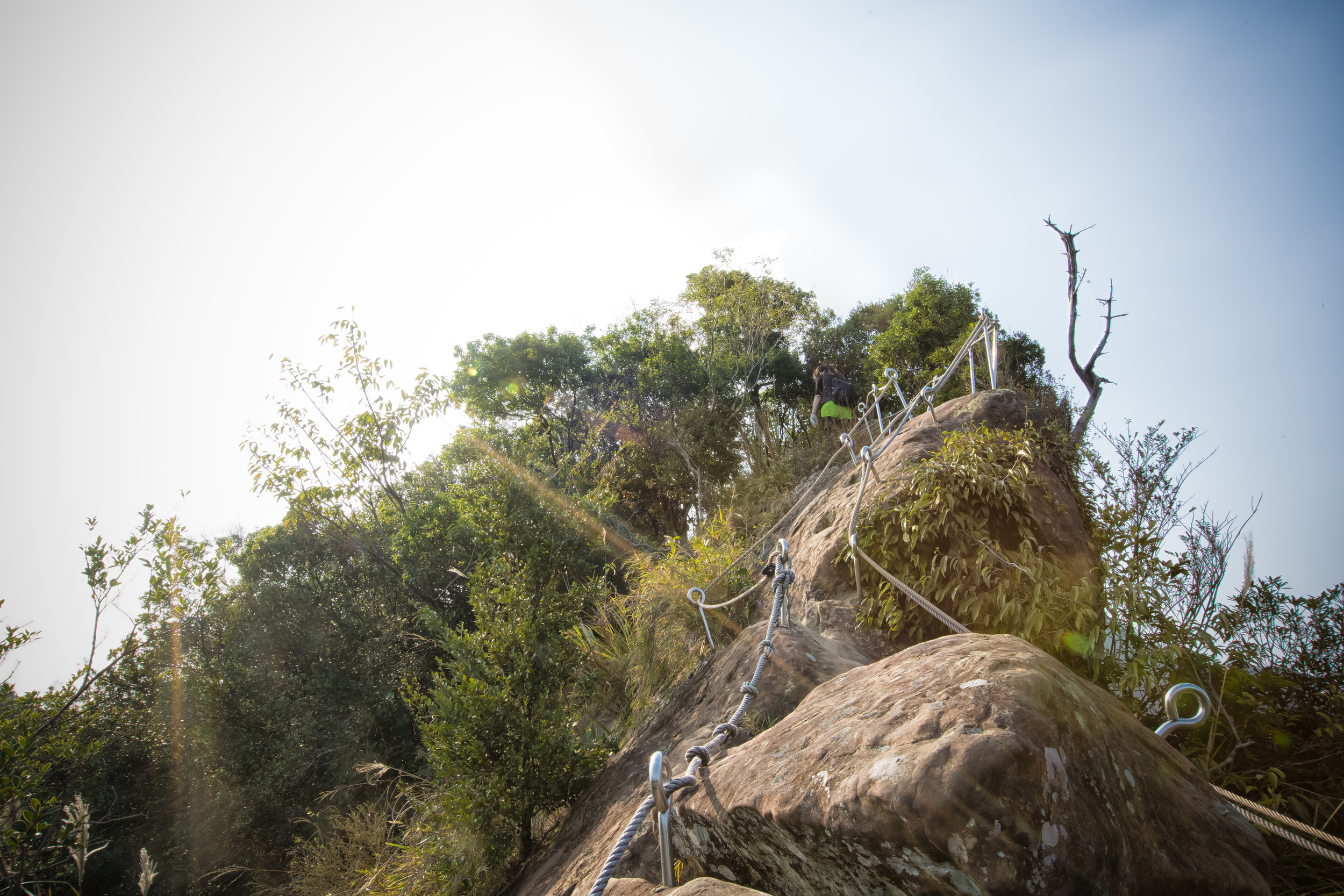
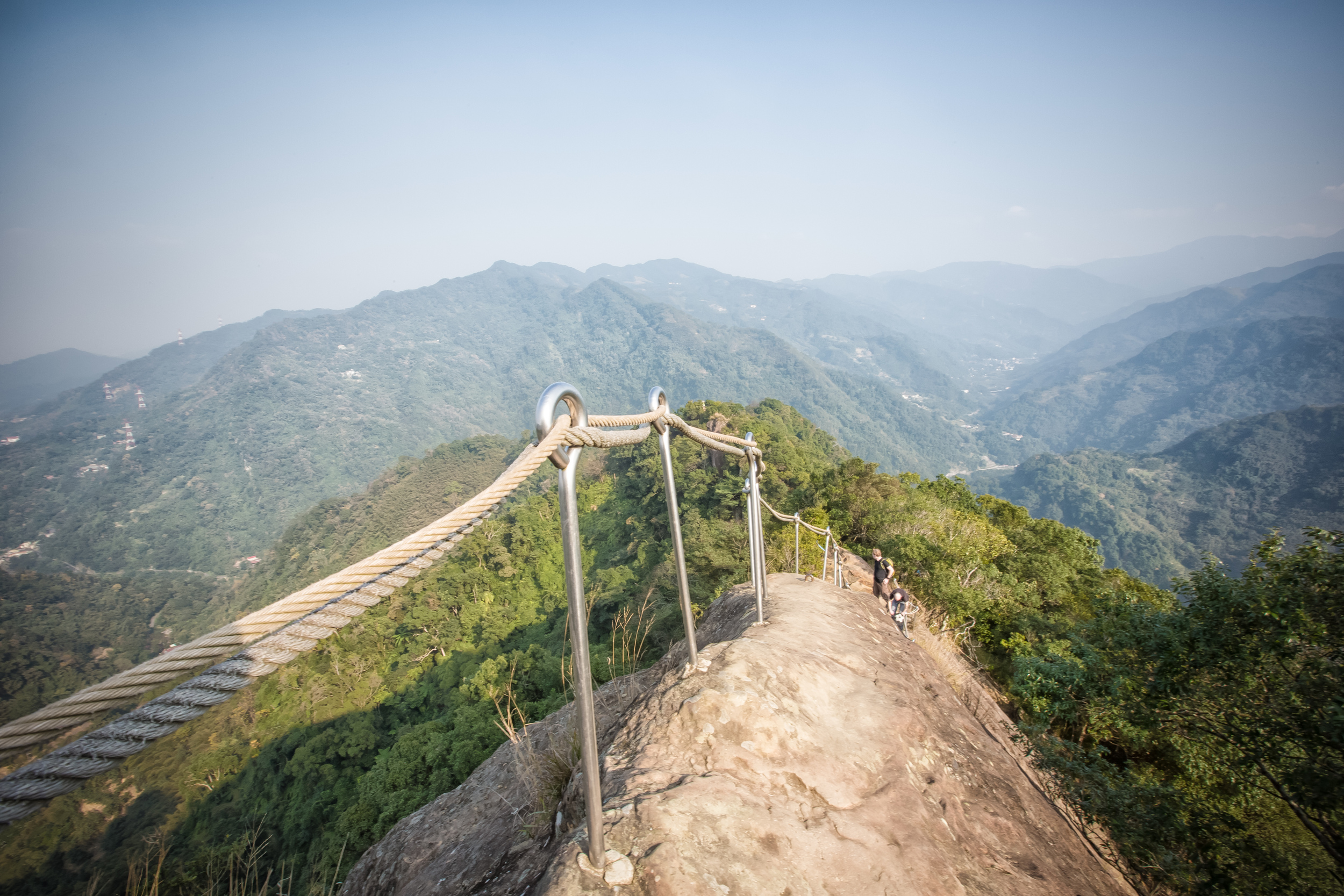
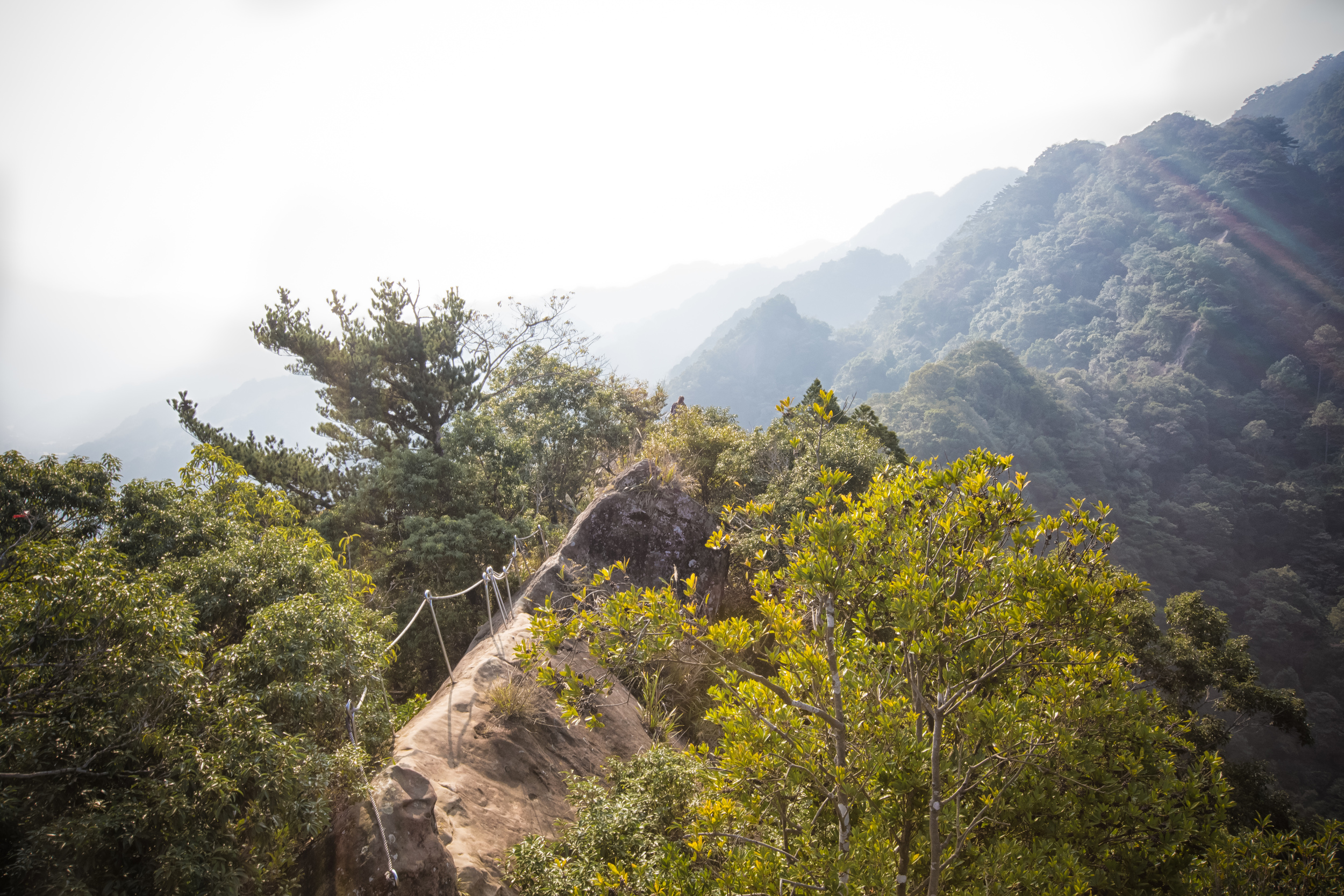
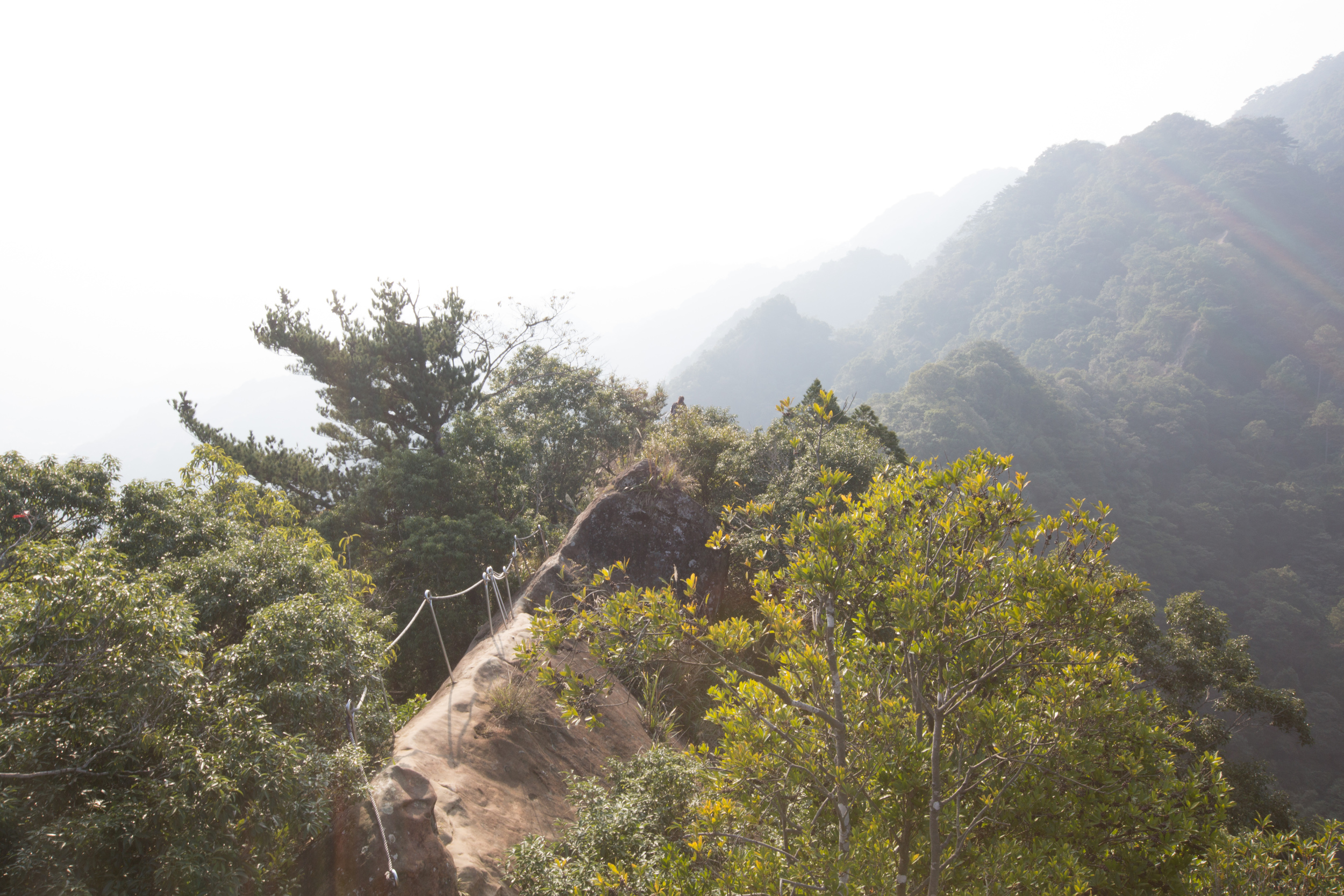
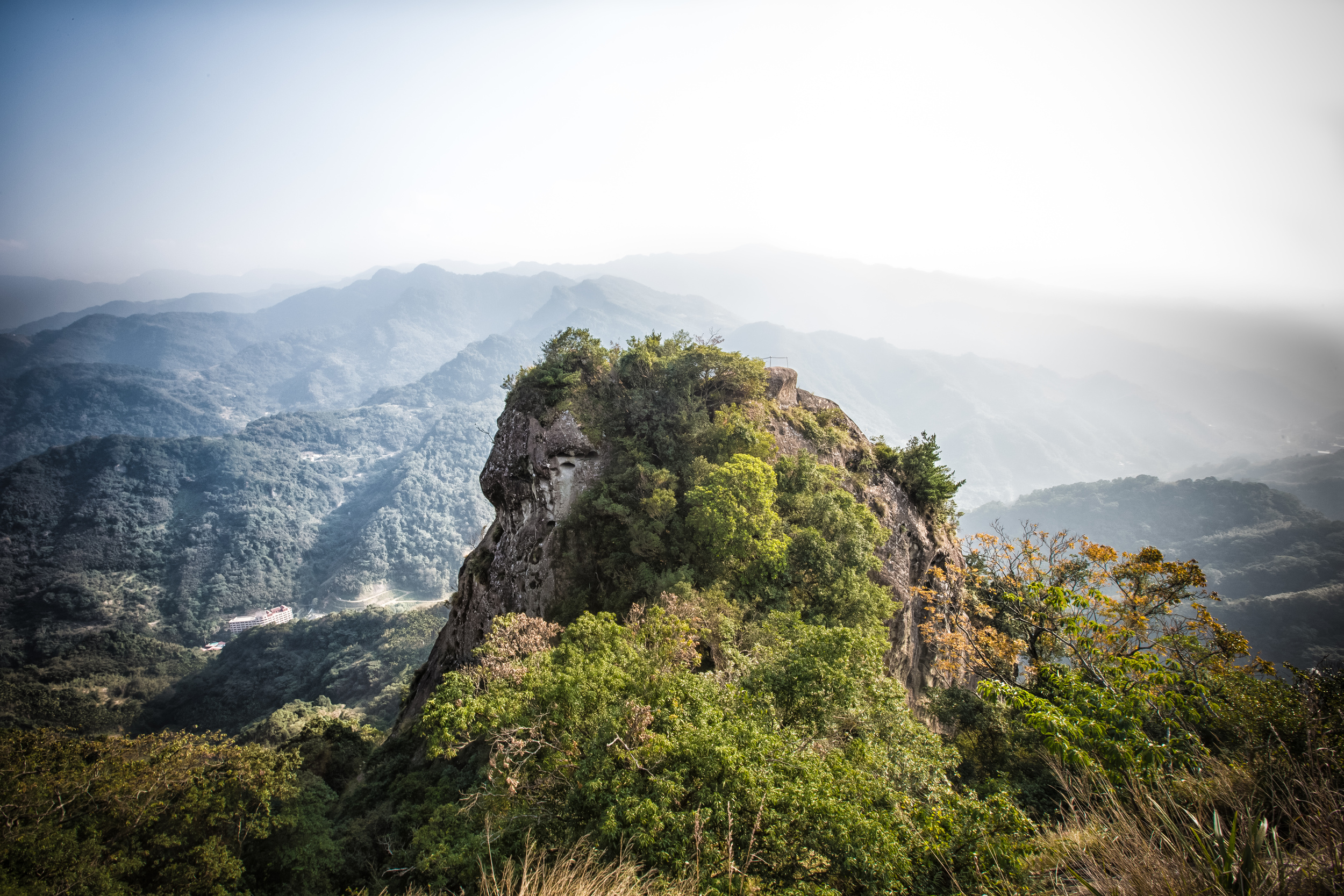
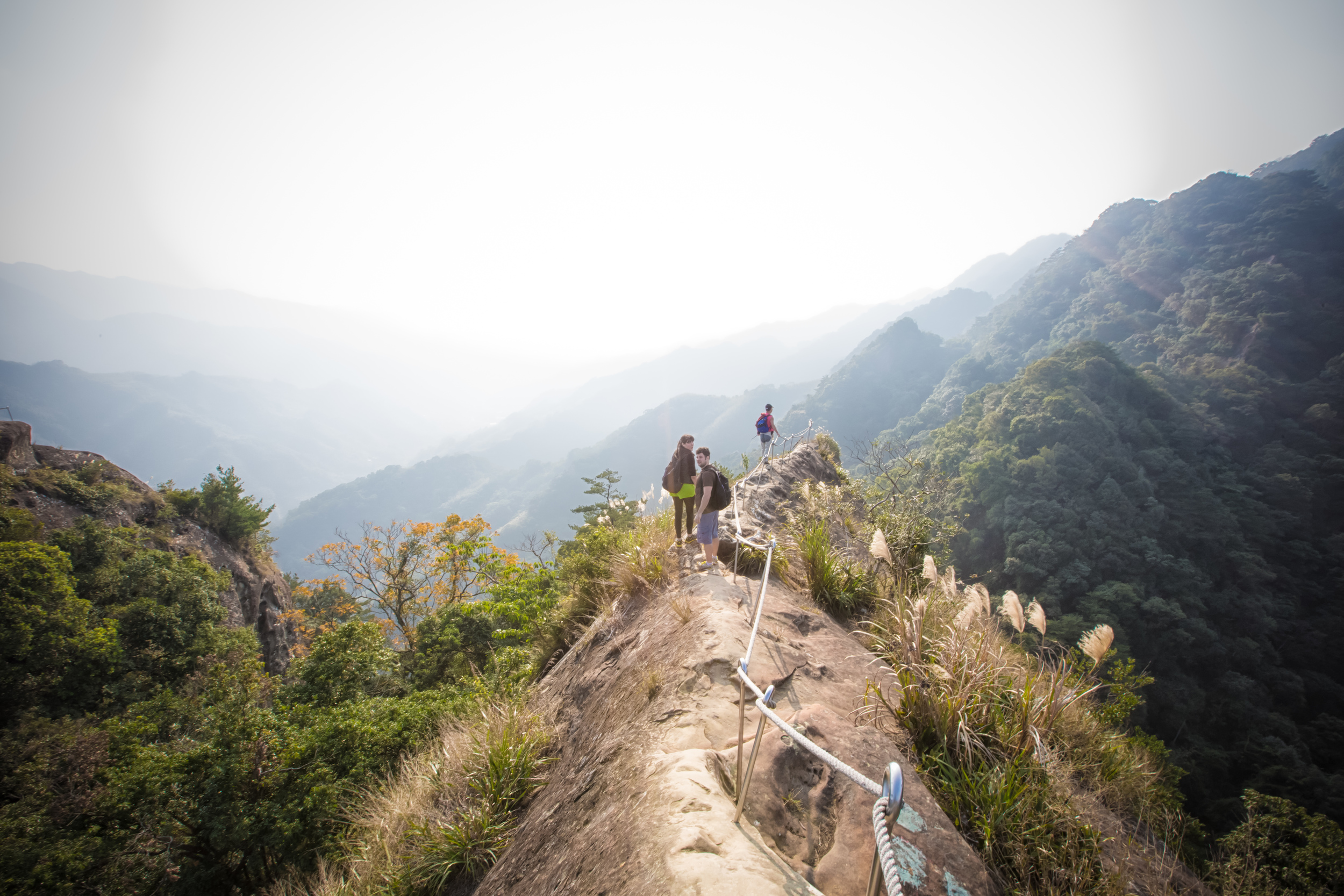
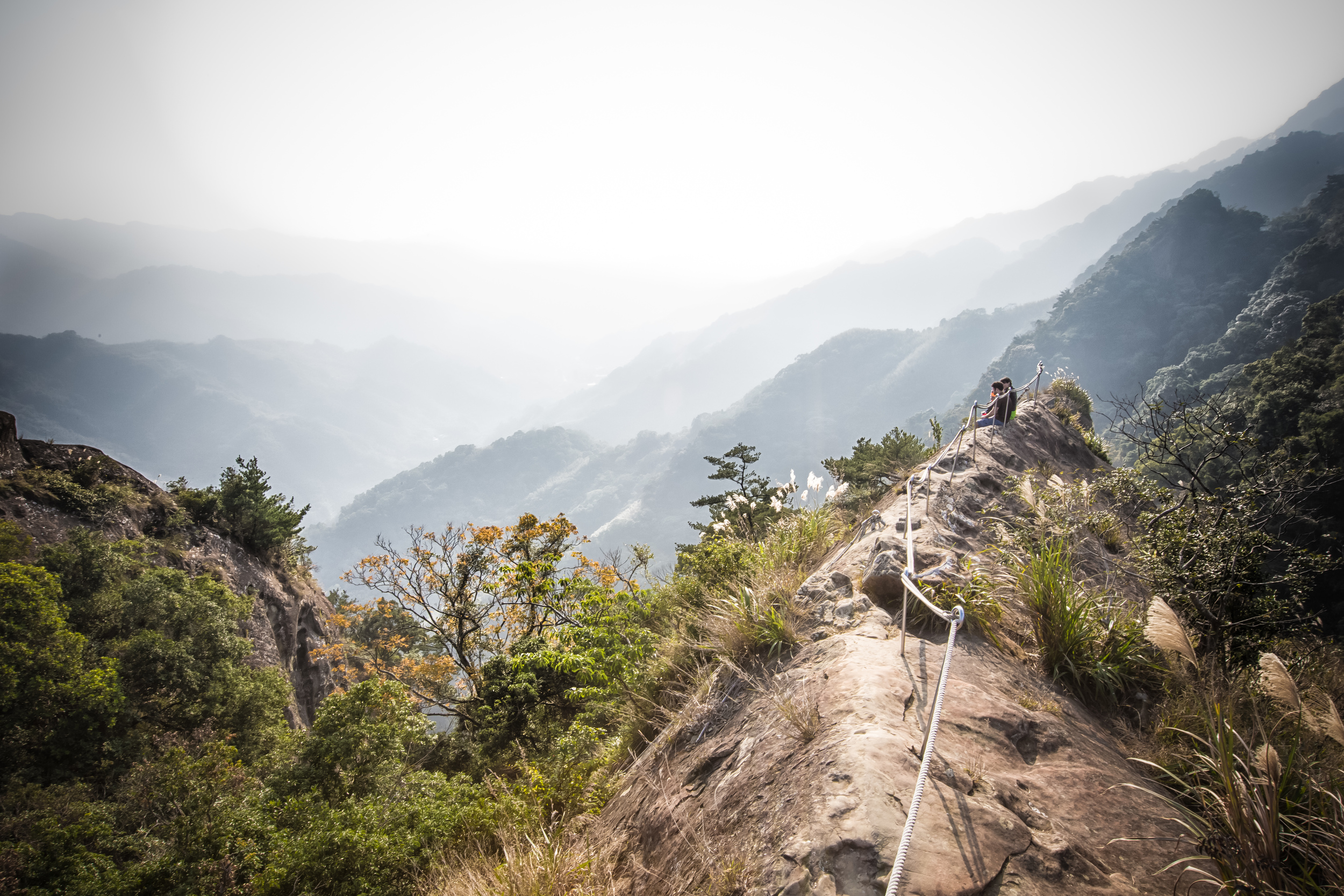
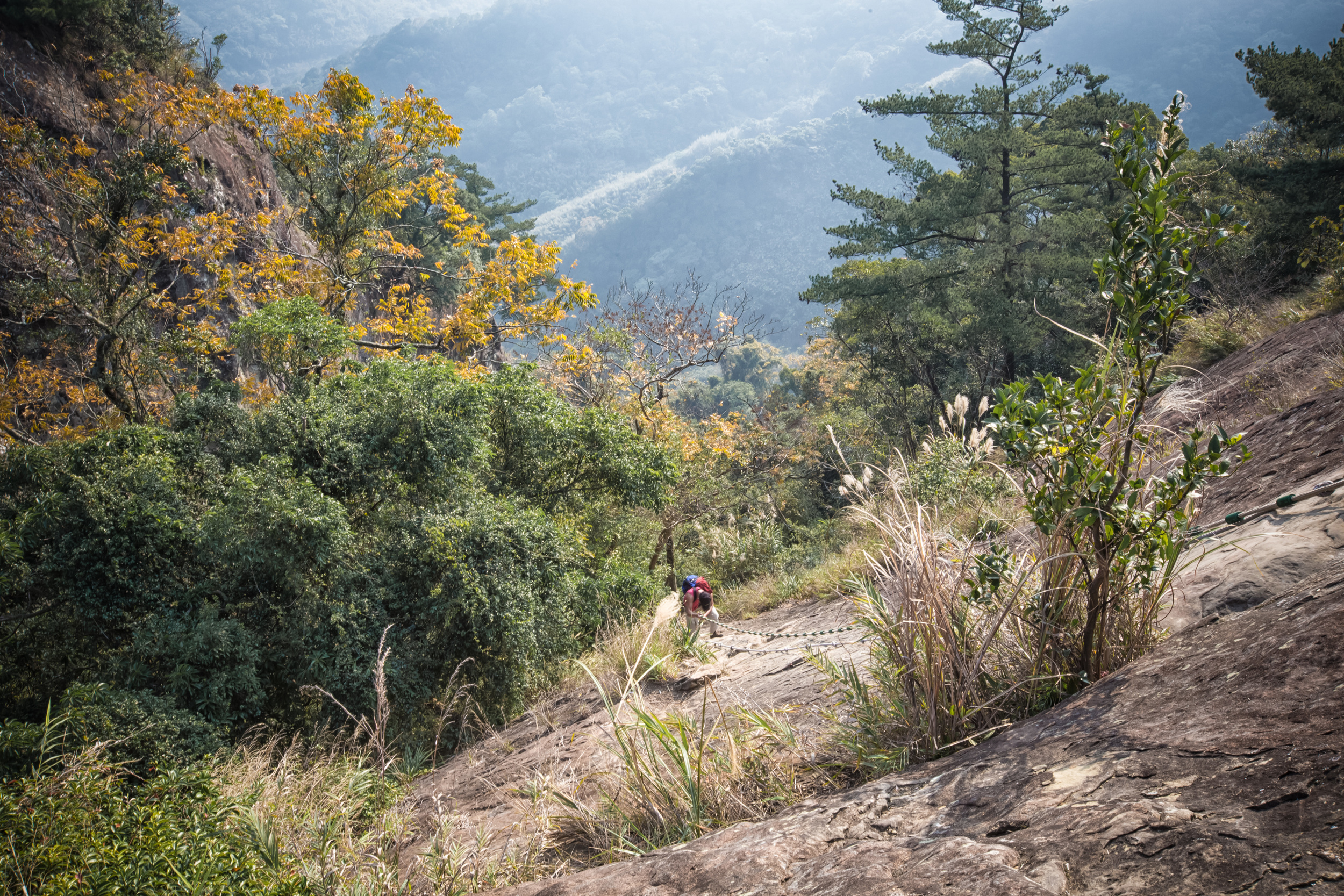
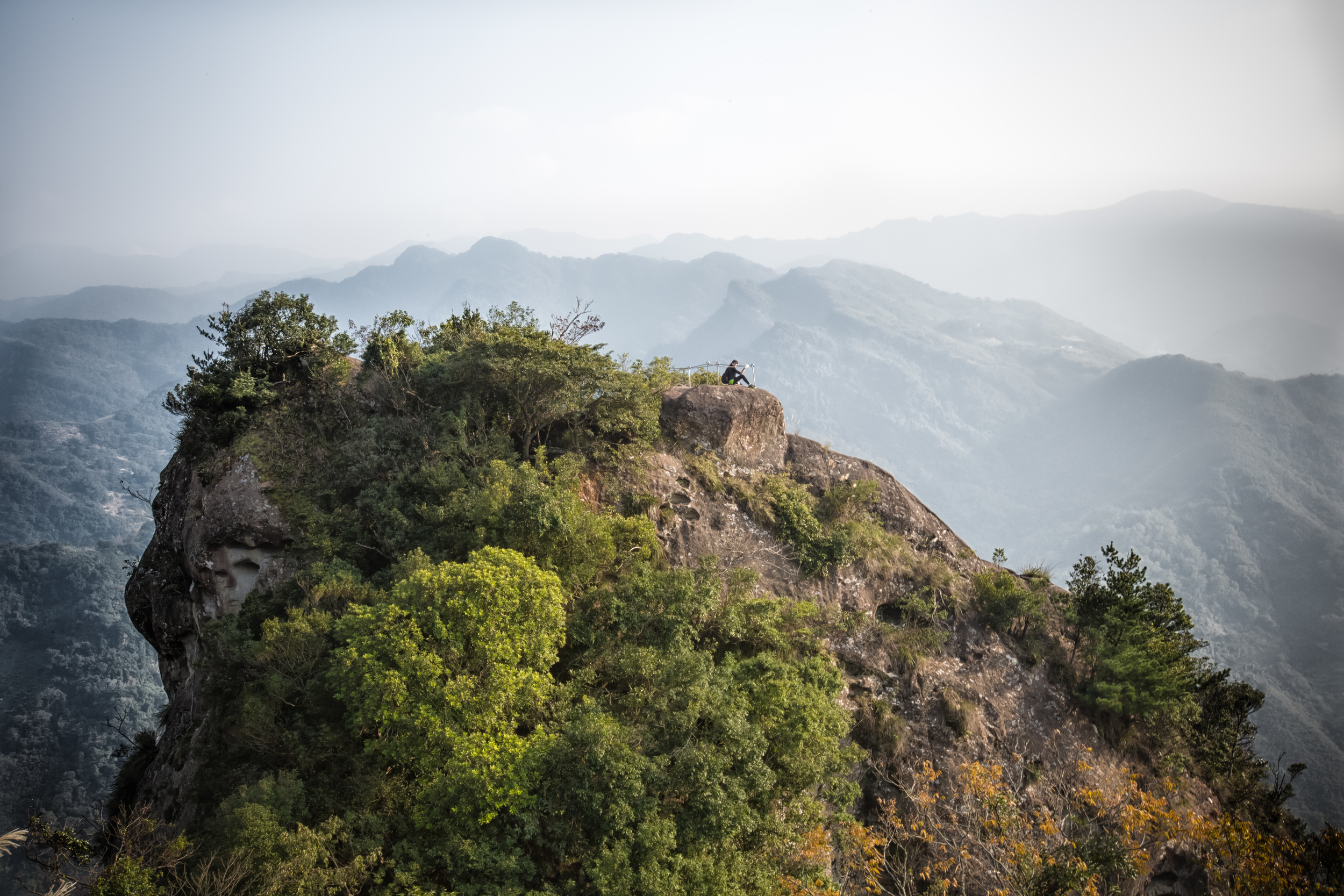
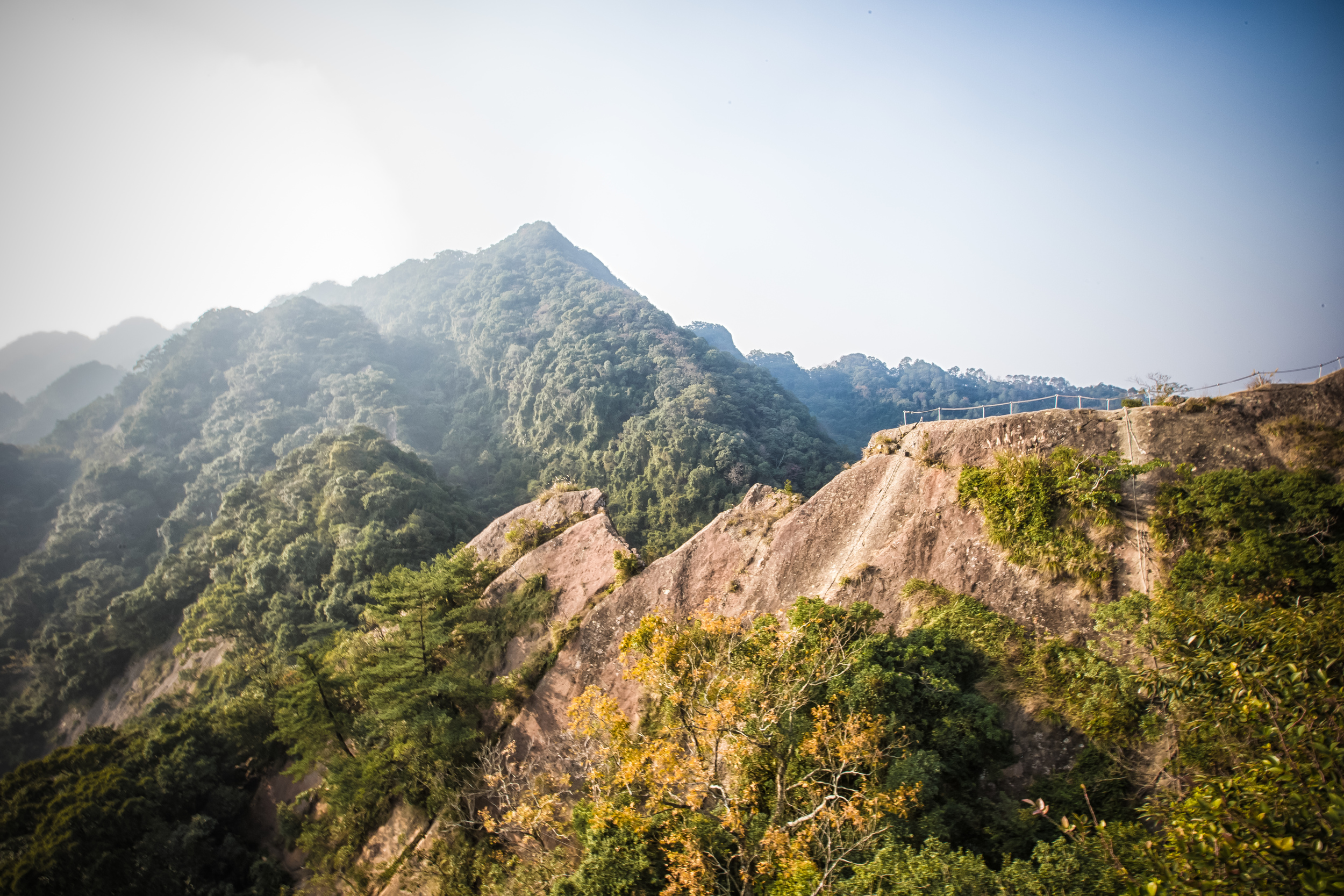
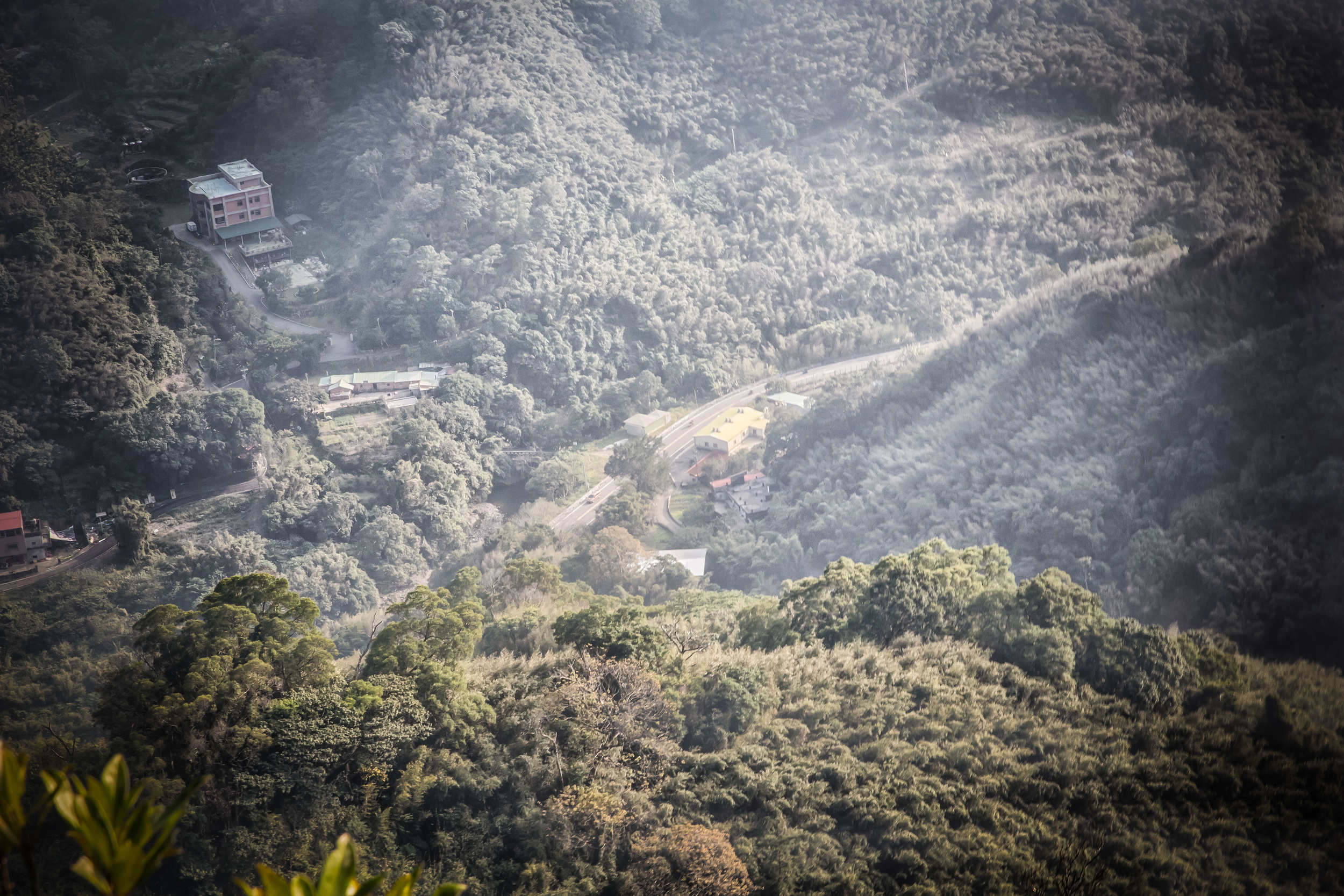

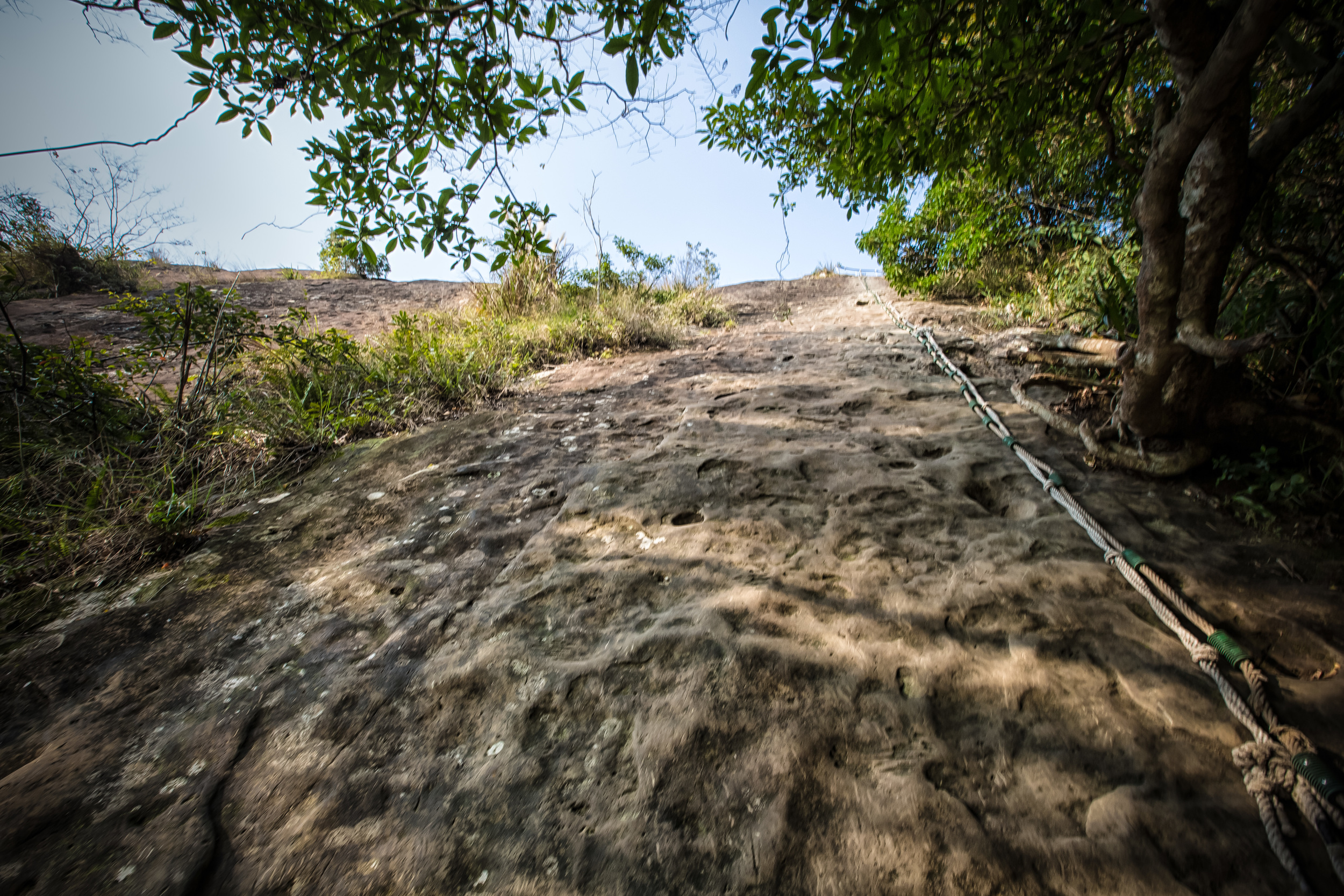
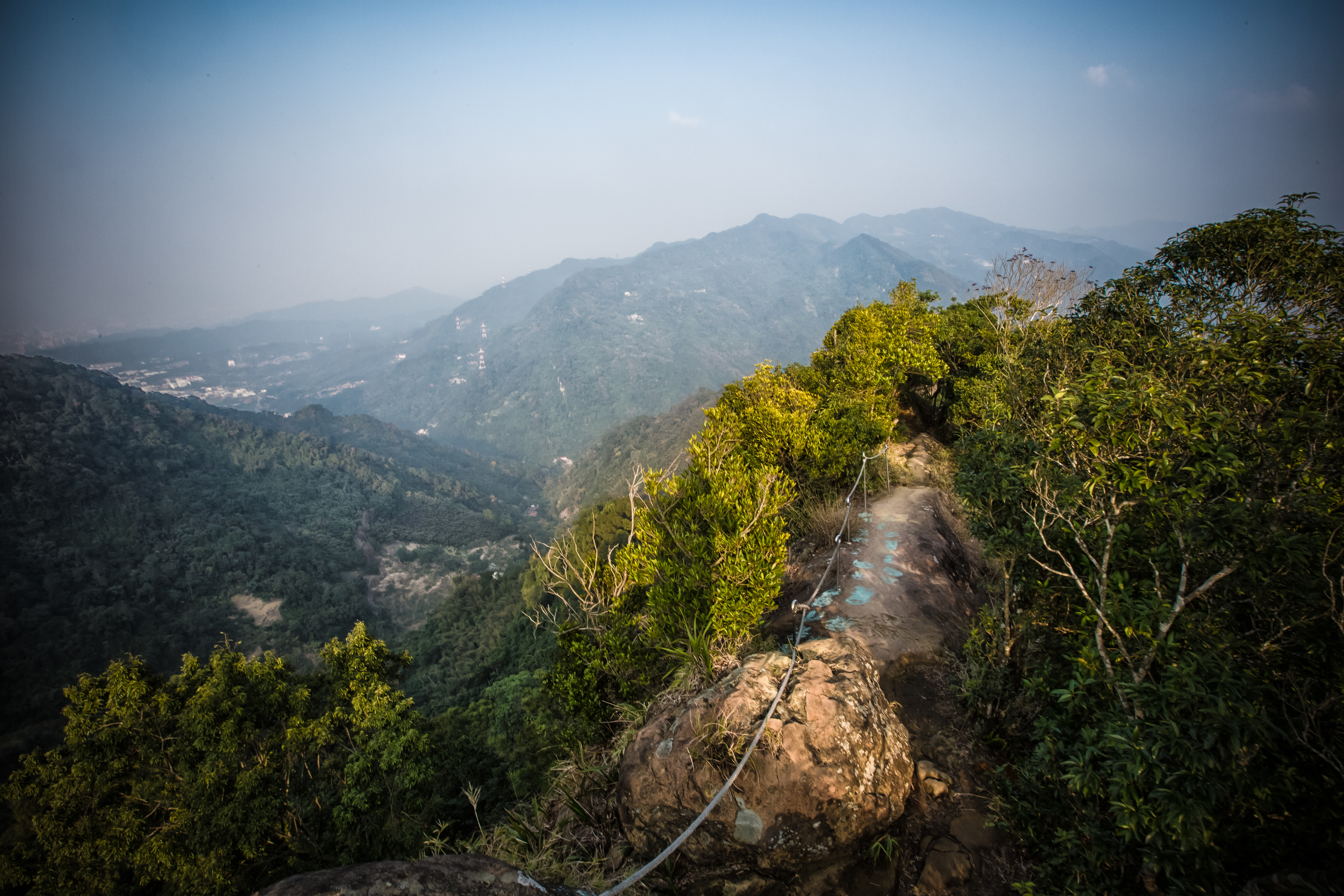
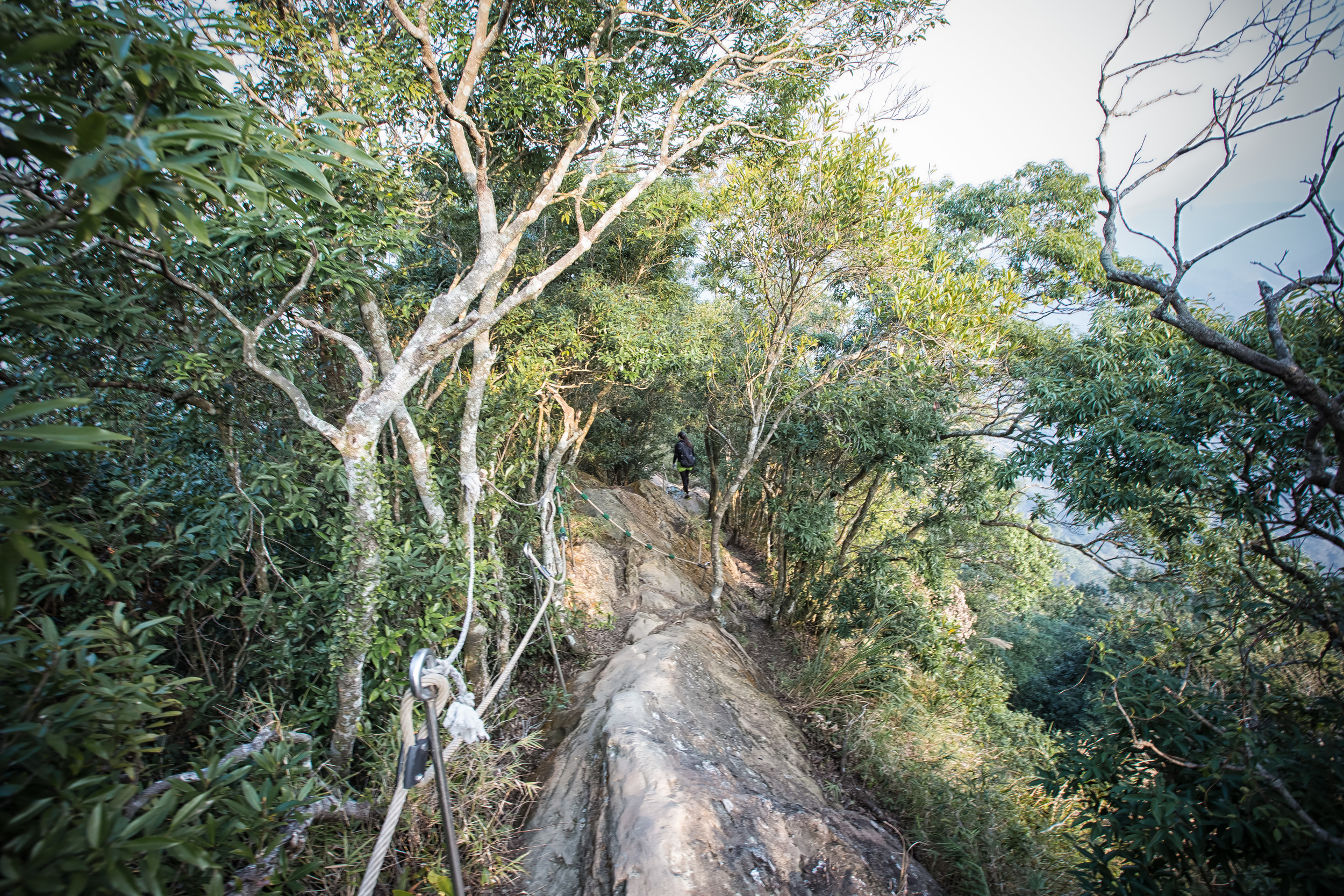
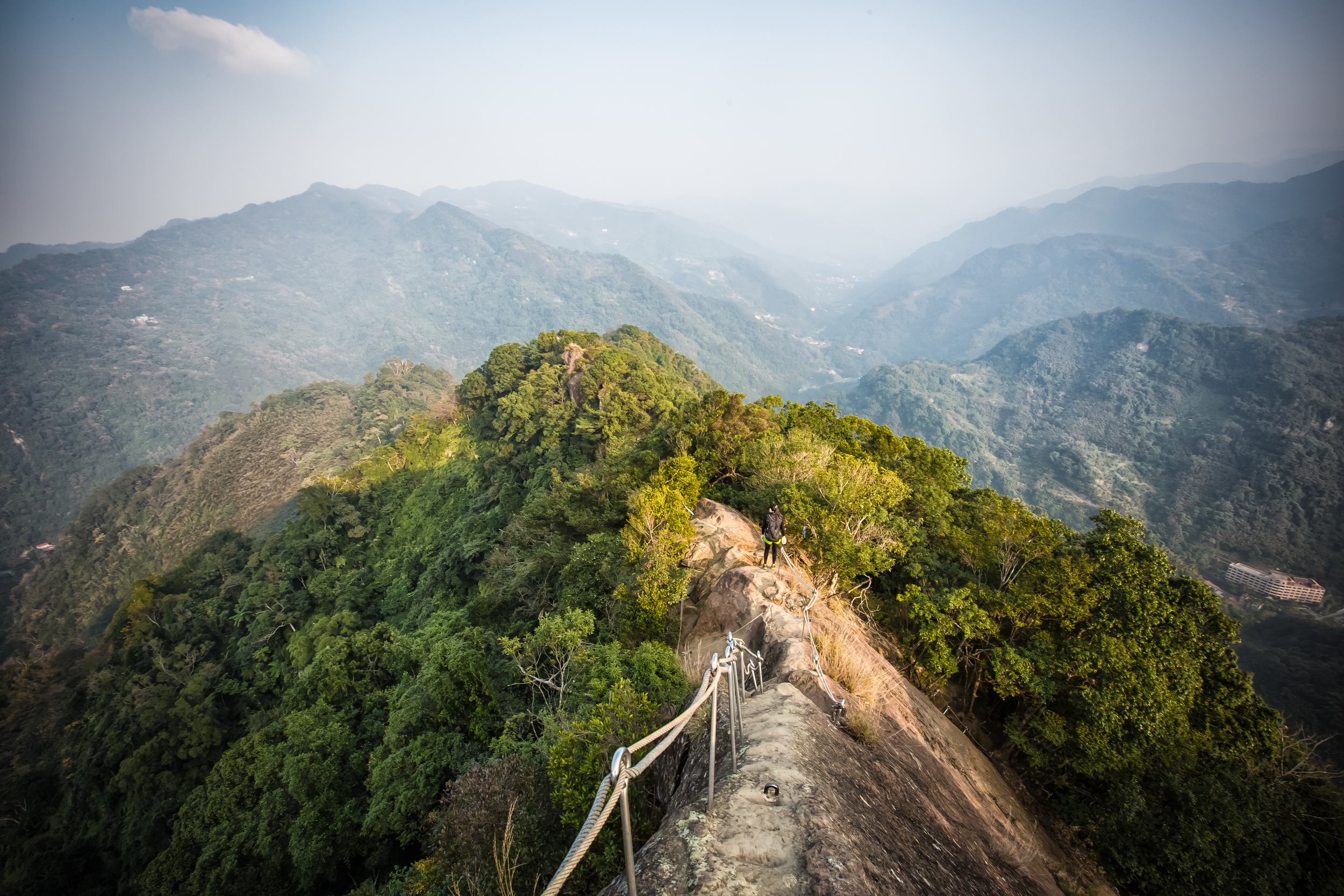
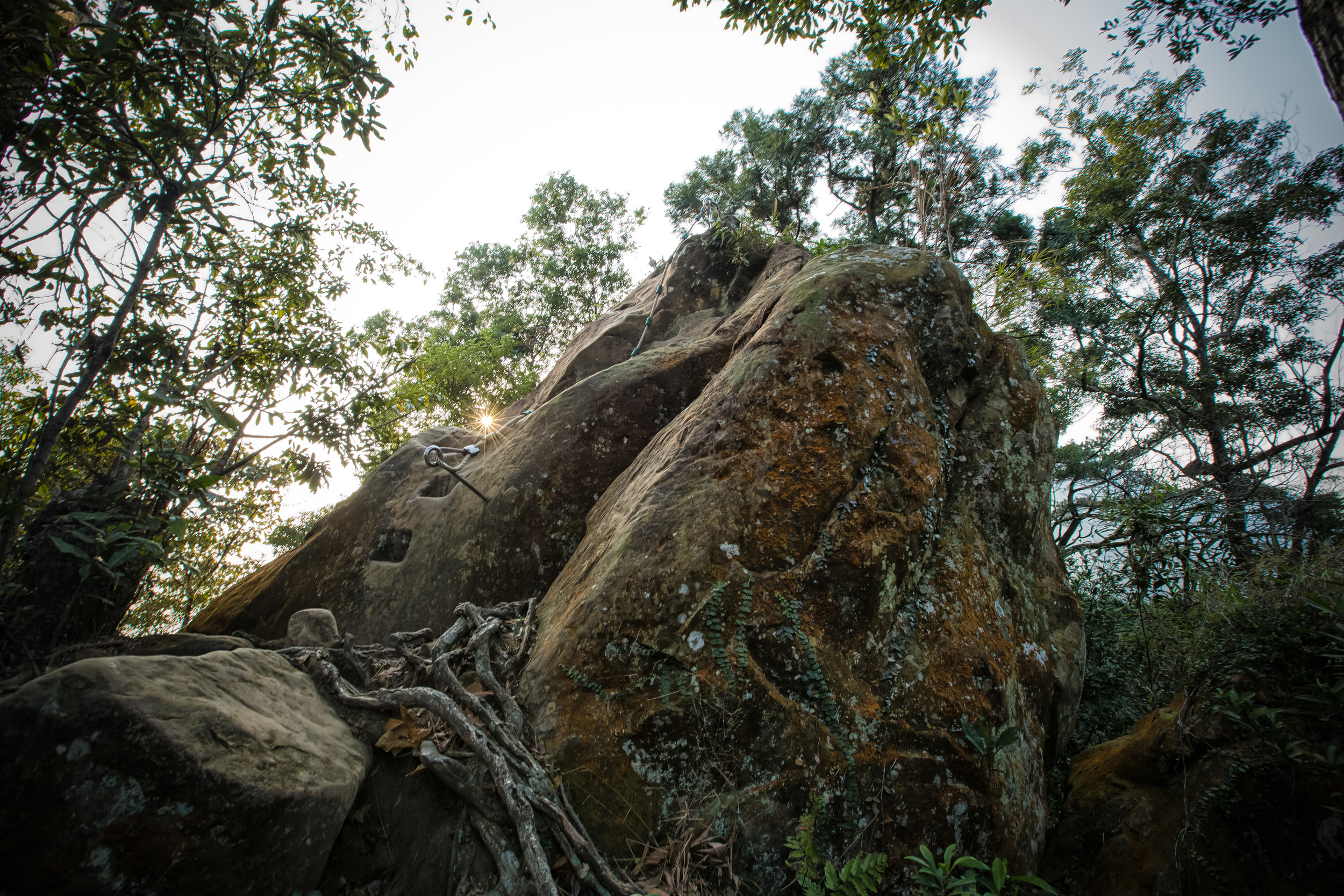
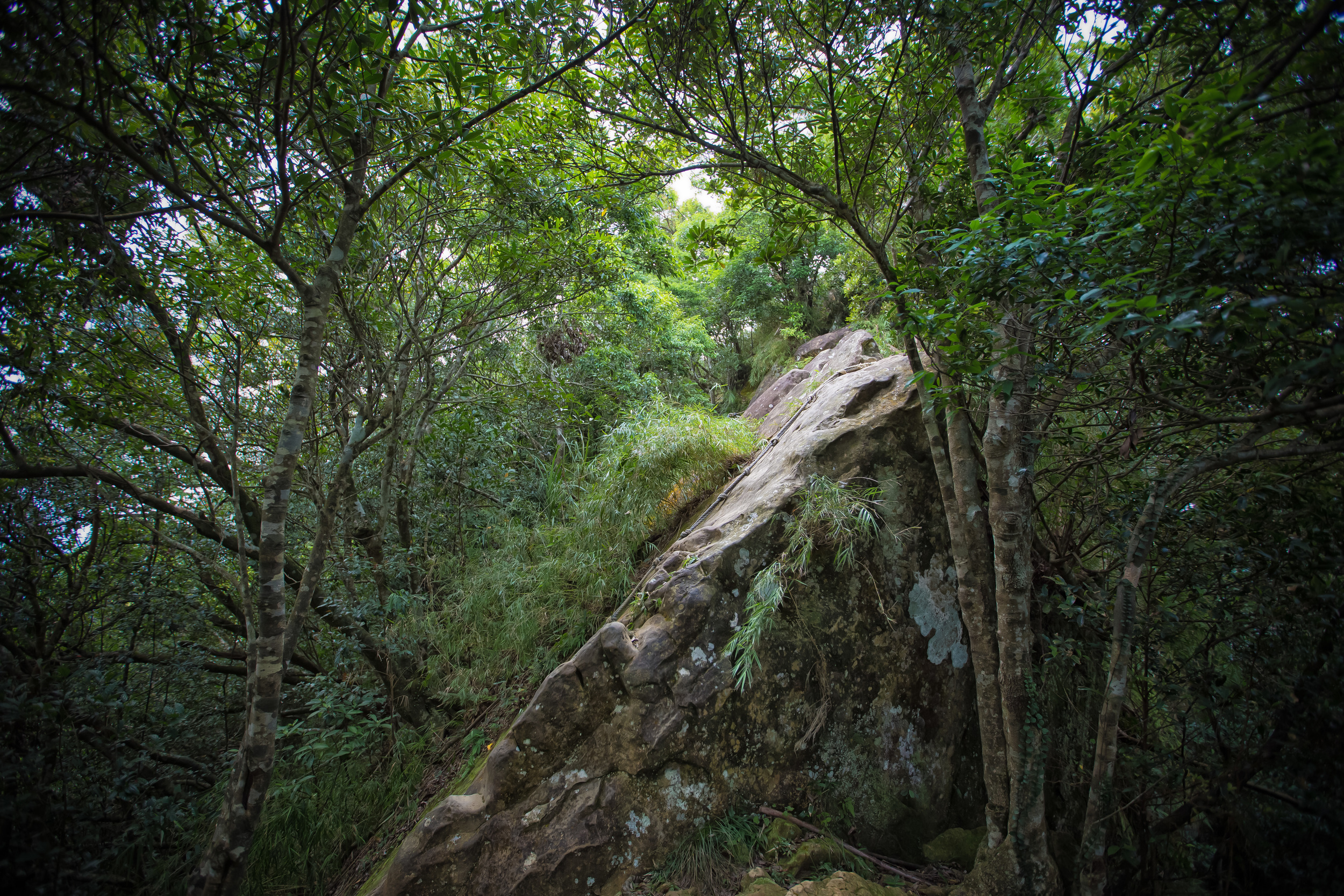
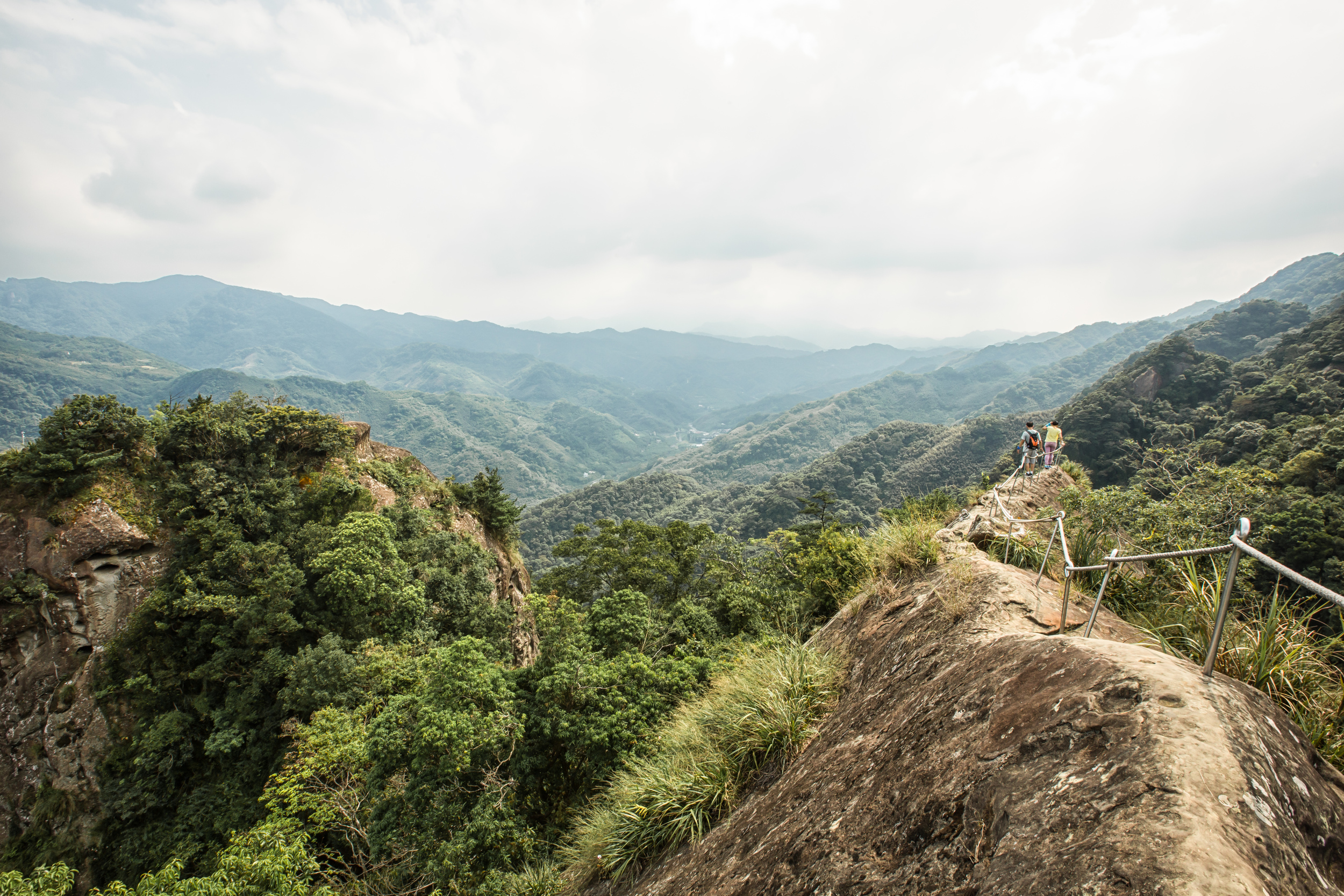
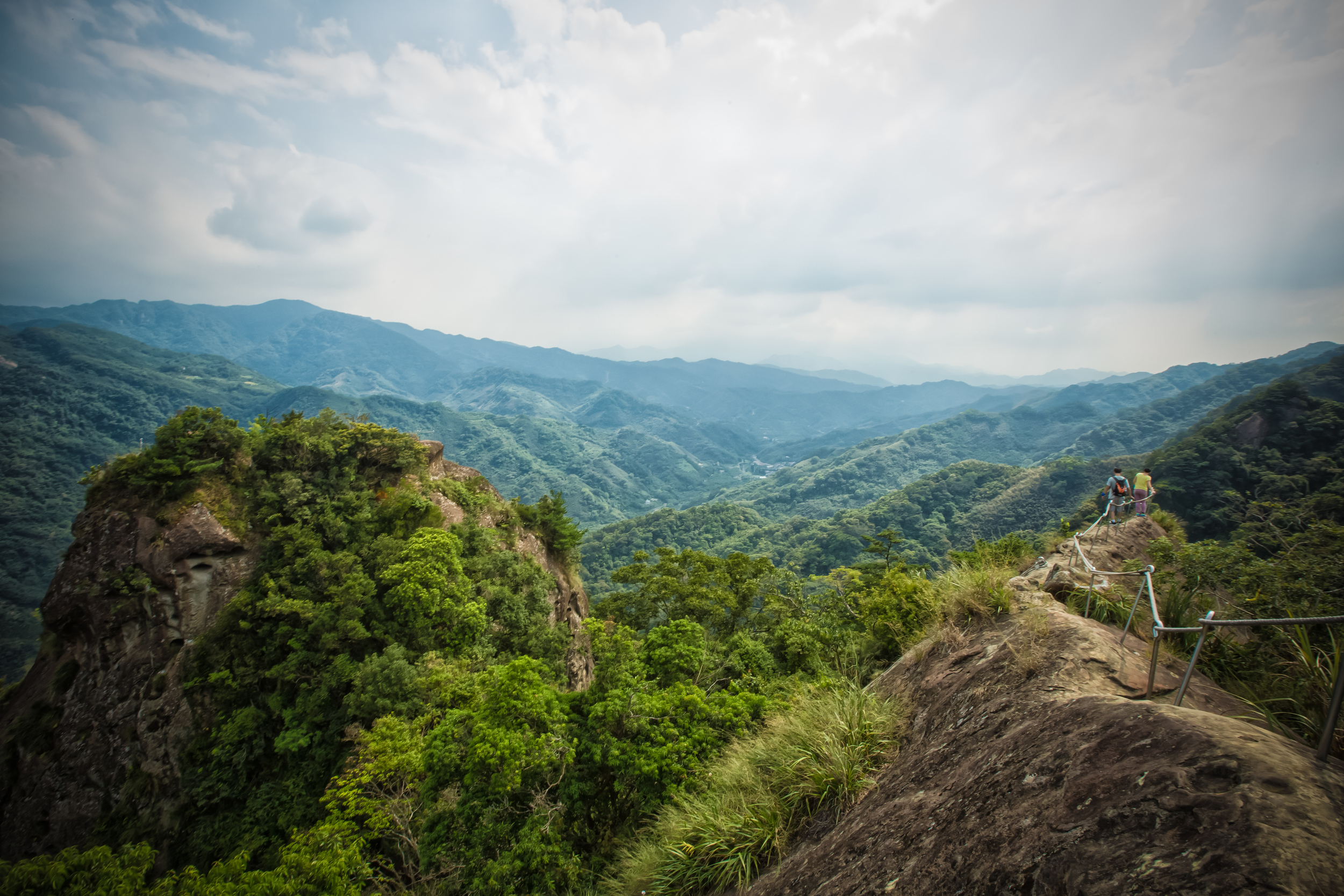
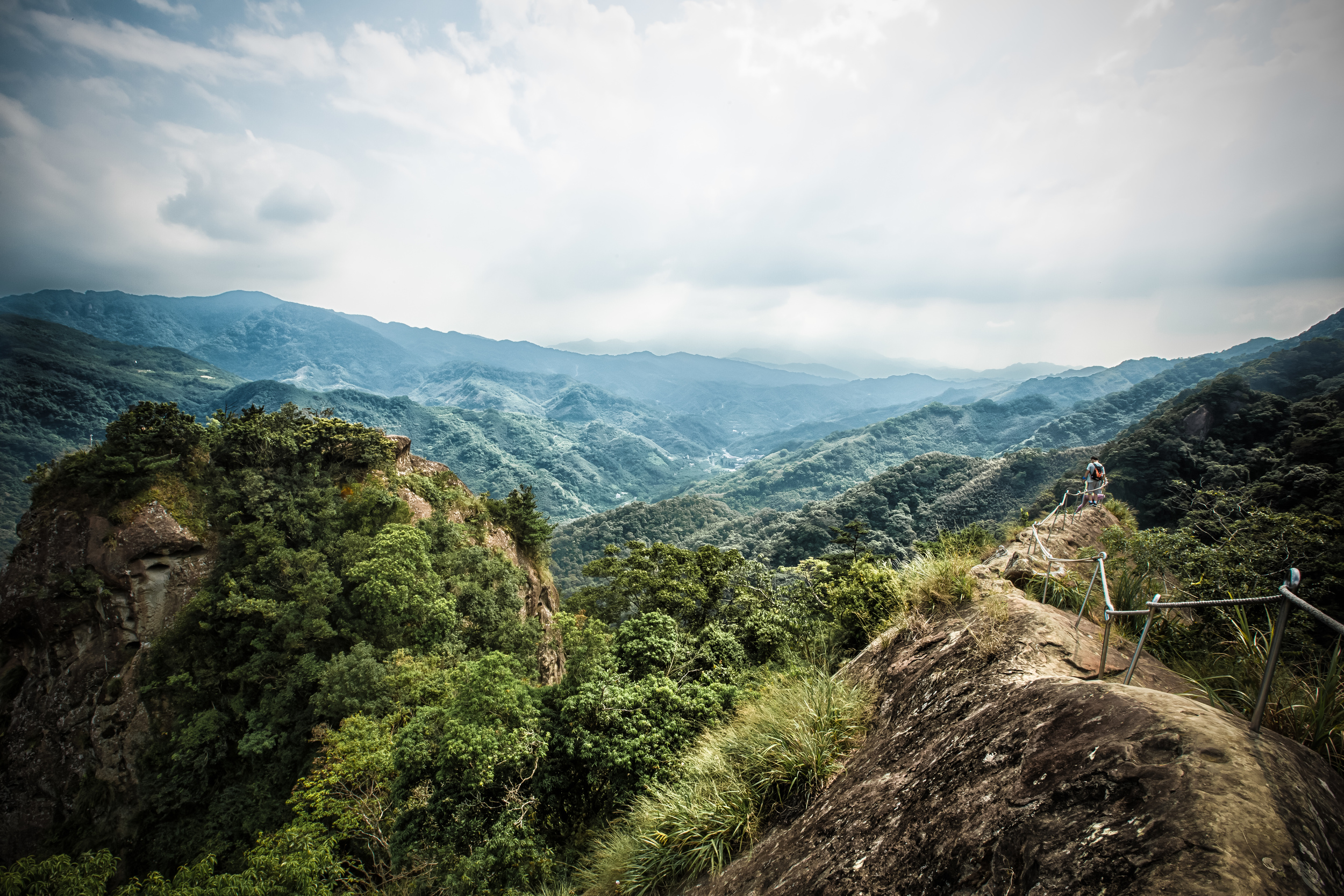
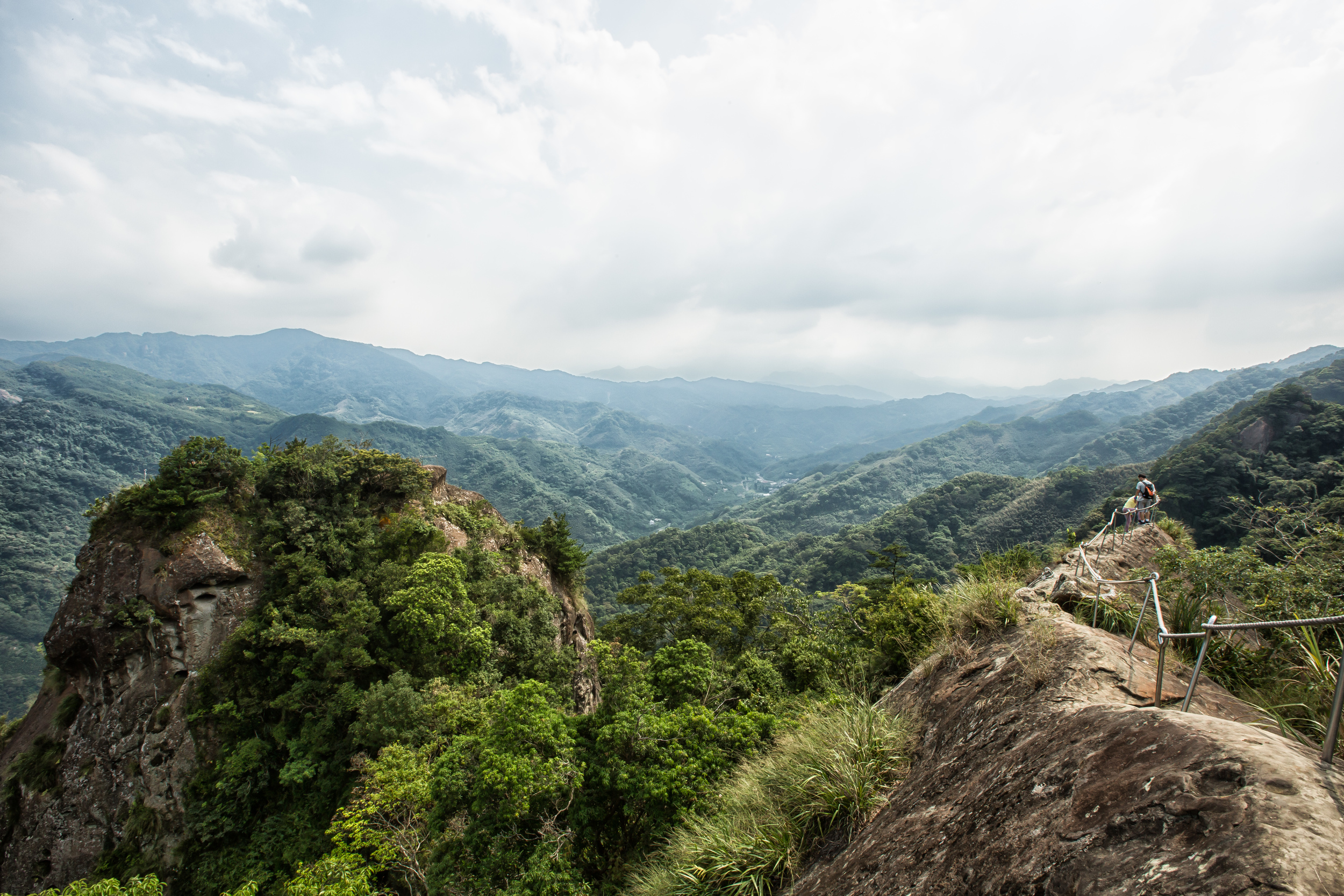
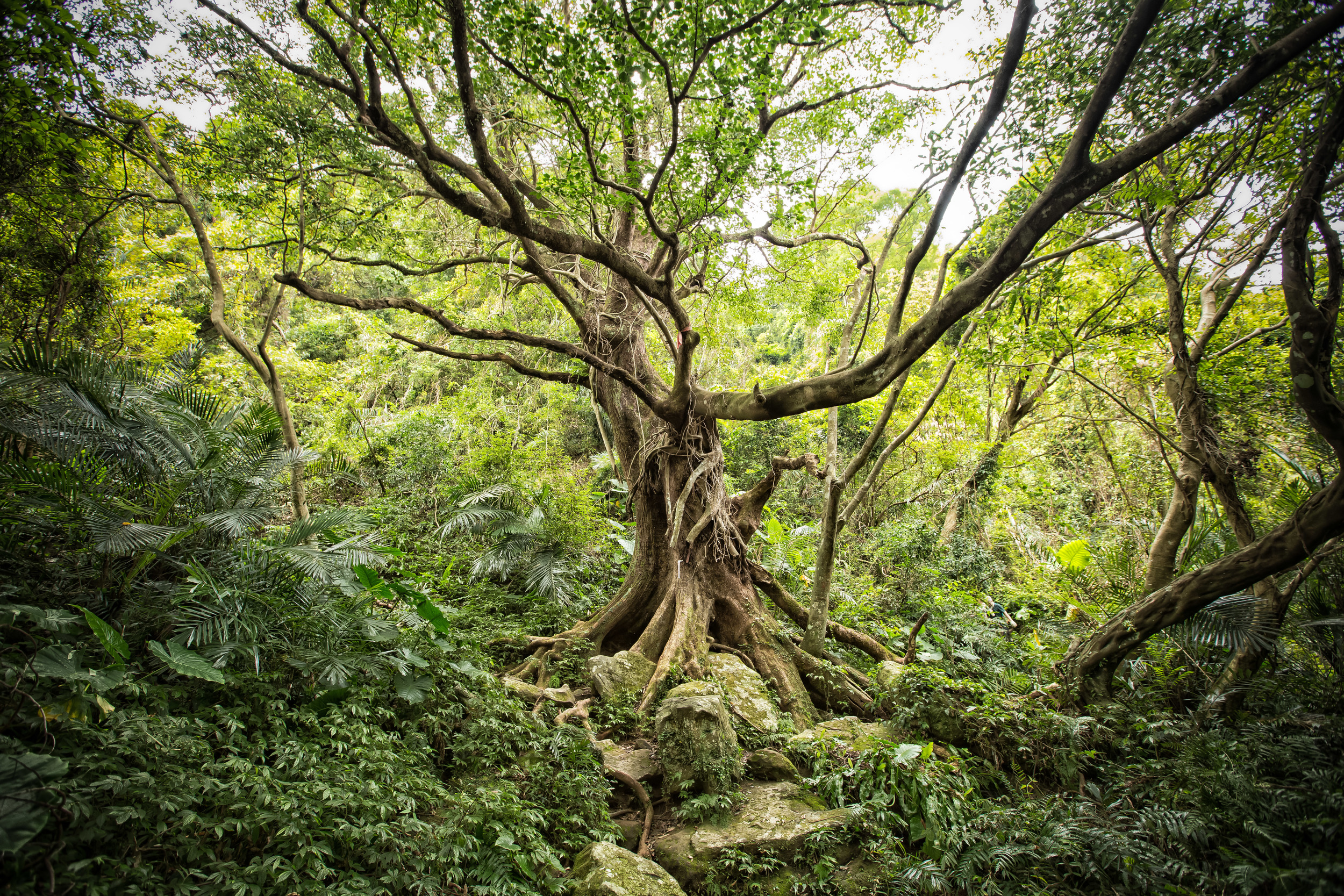
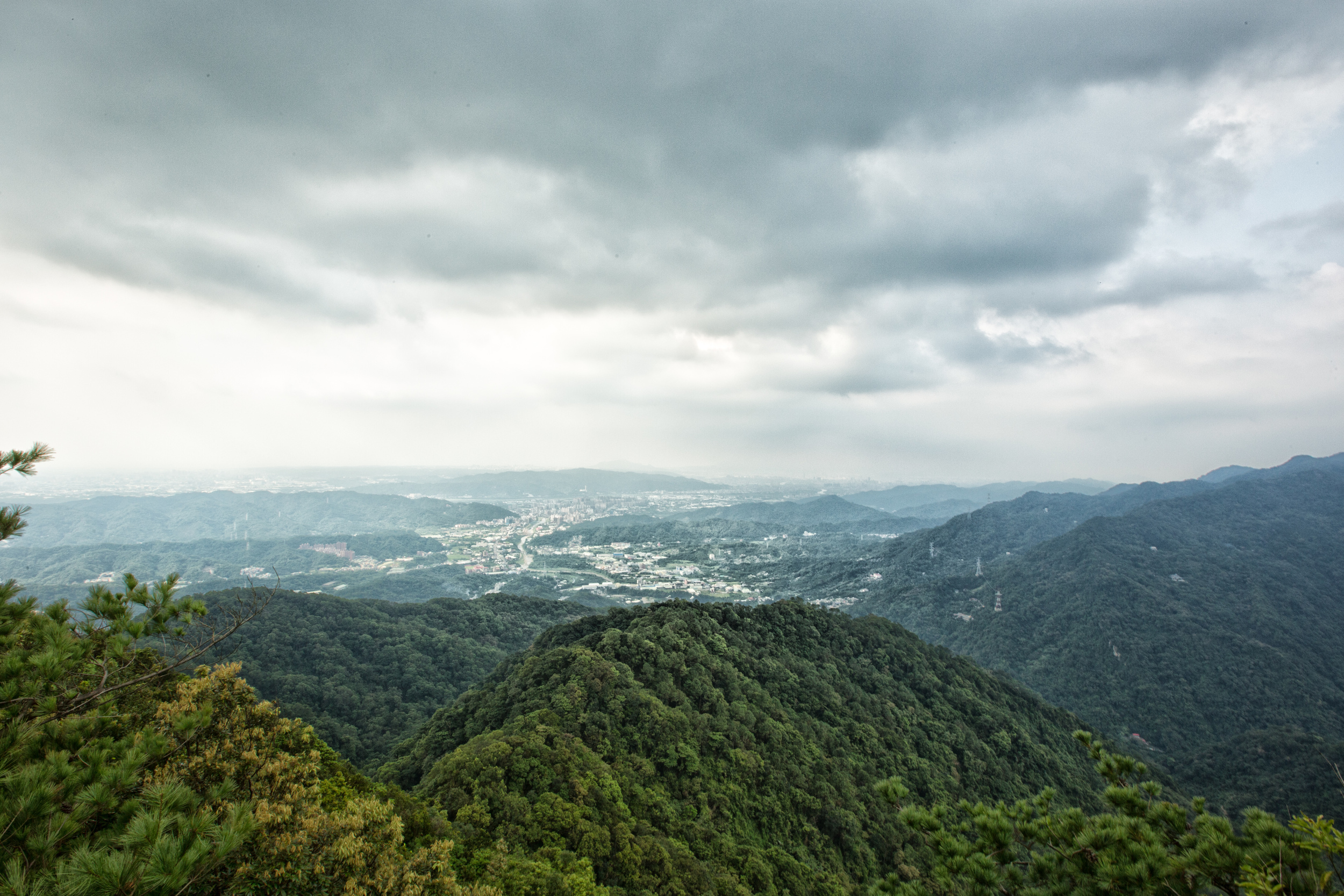
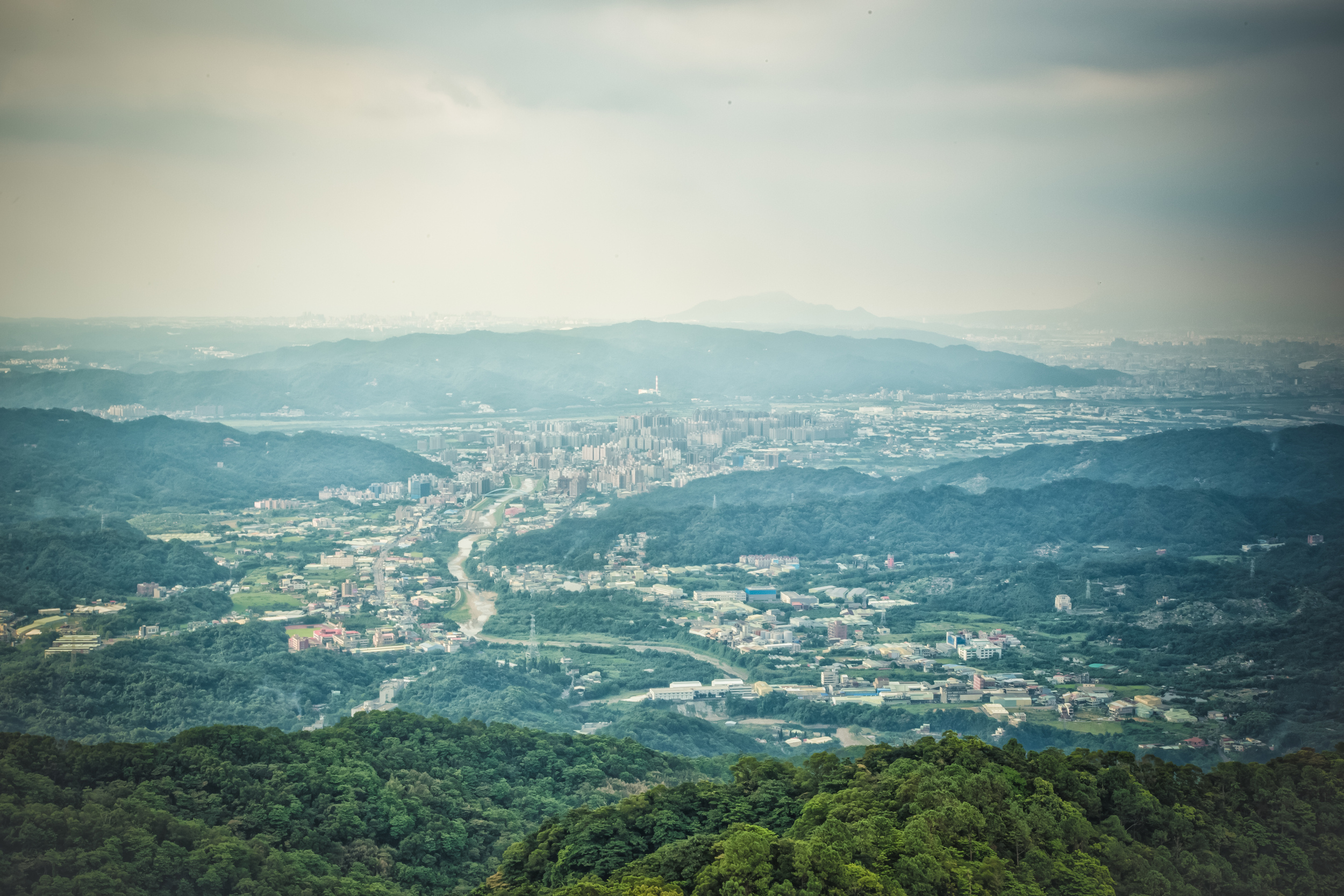
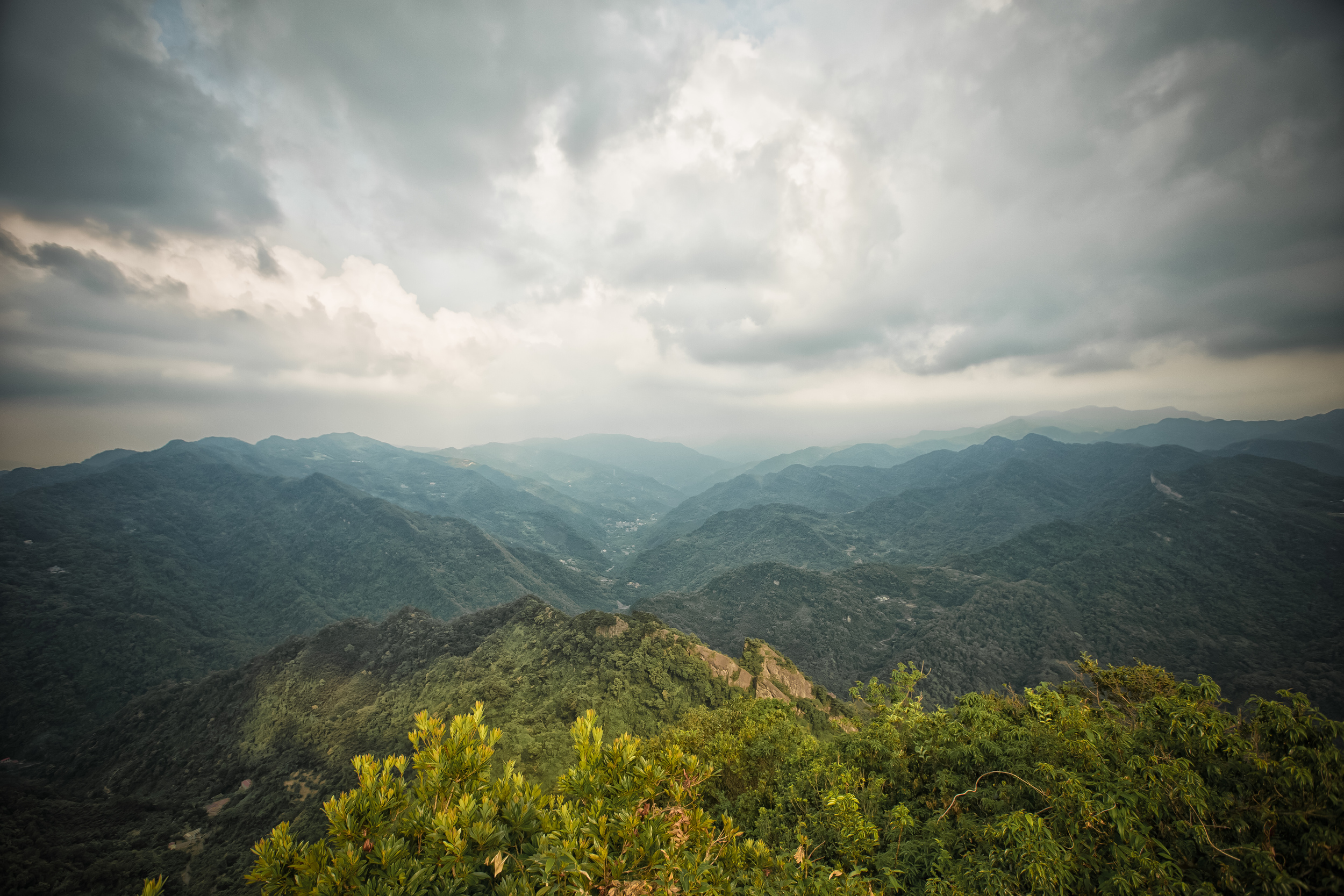
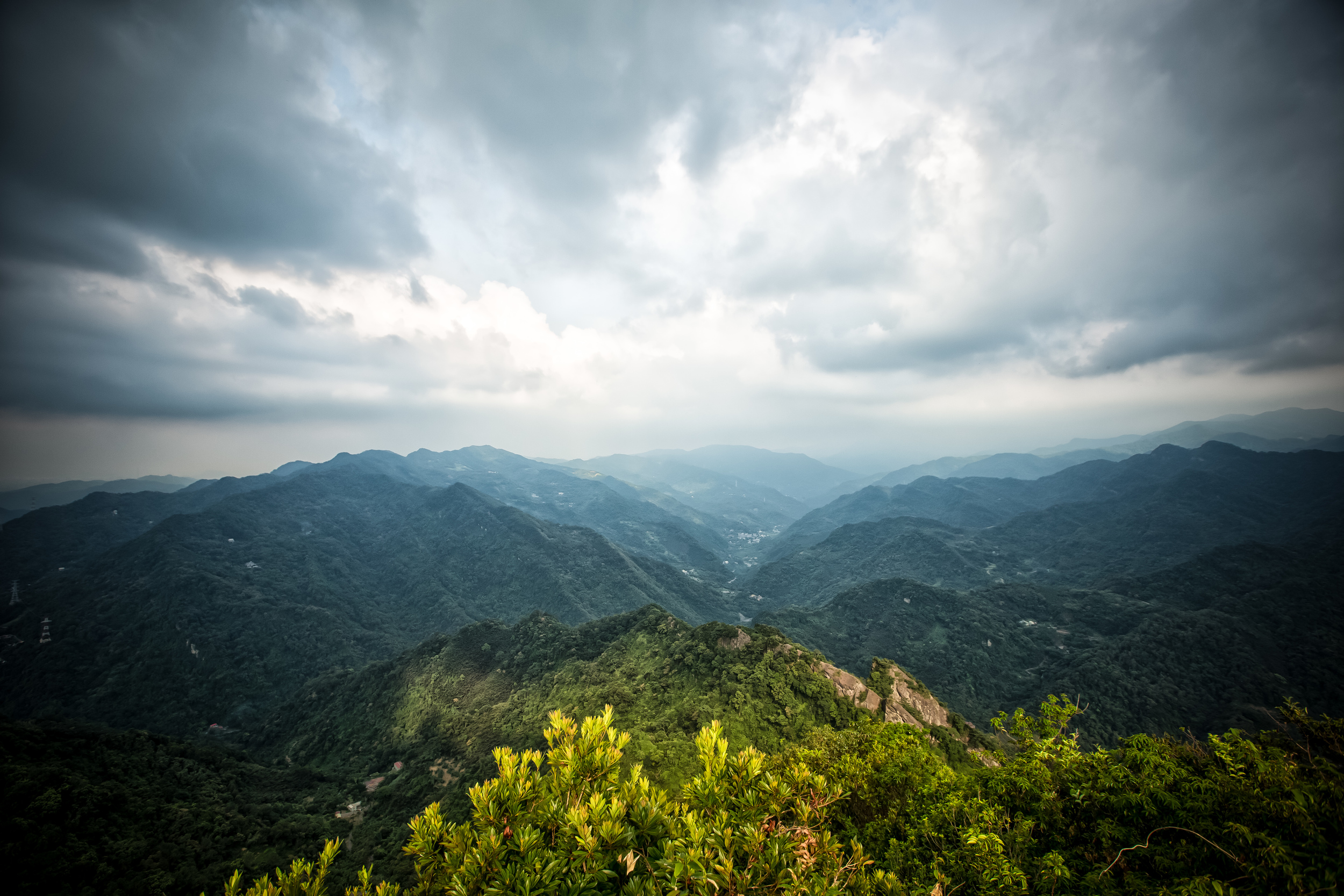
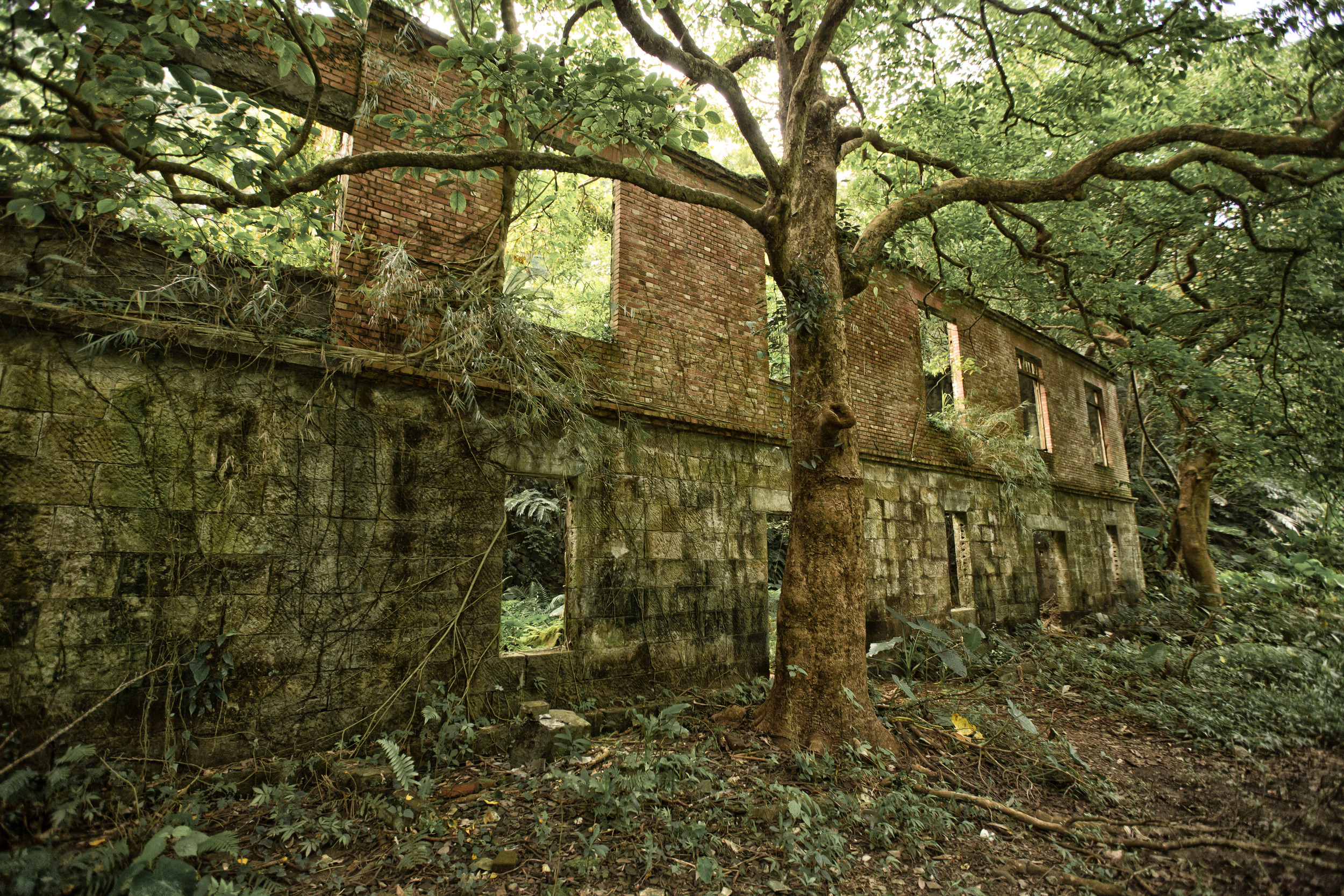
Smart Phone Shots of me on the Ridge
Here are a couple shots of me heading down the rope on the ridge from one of my friends.











